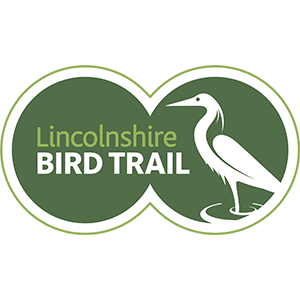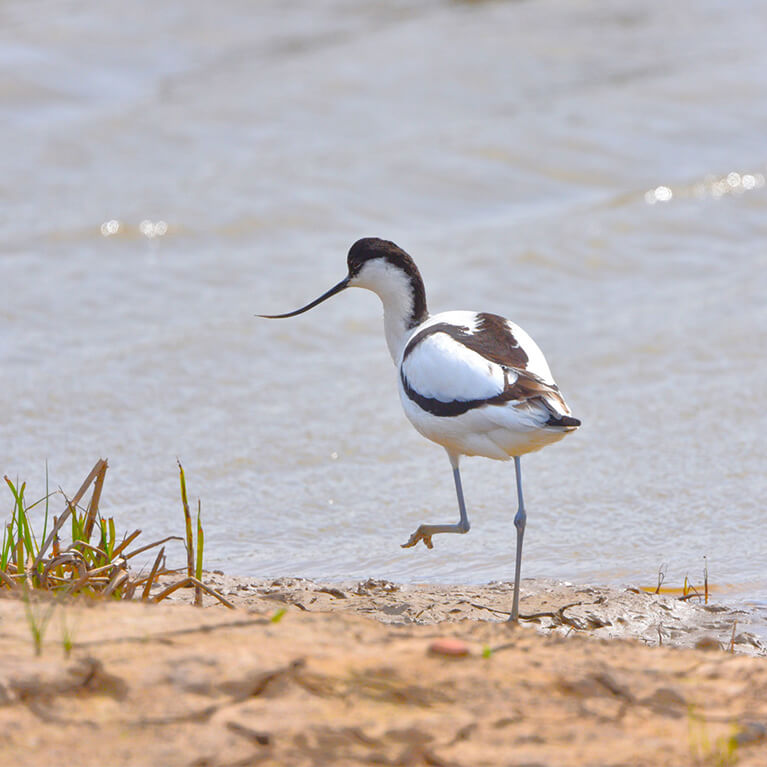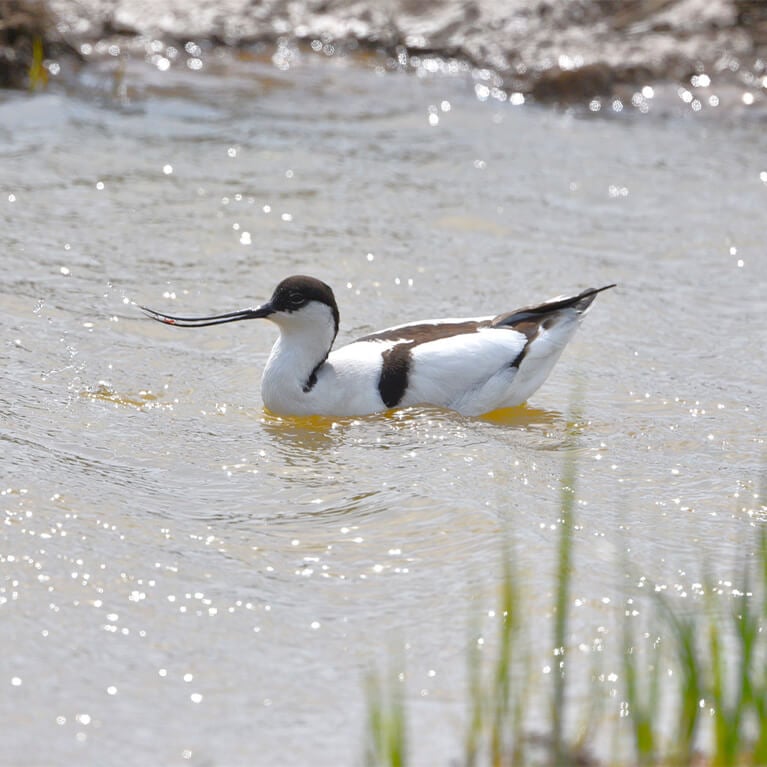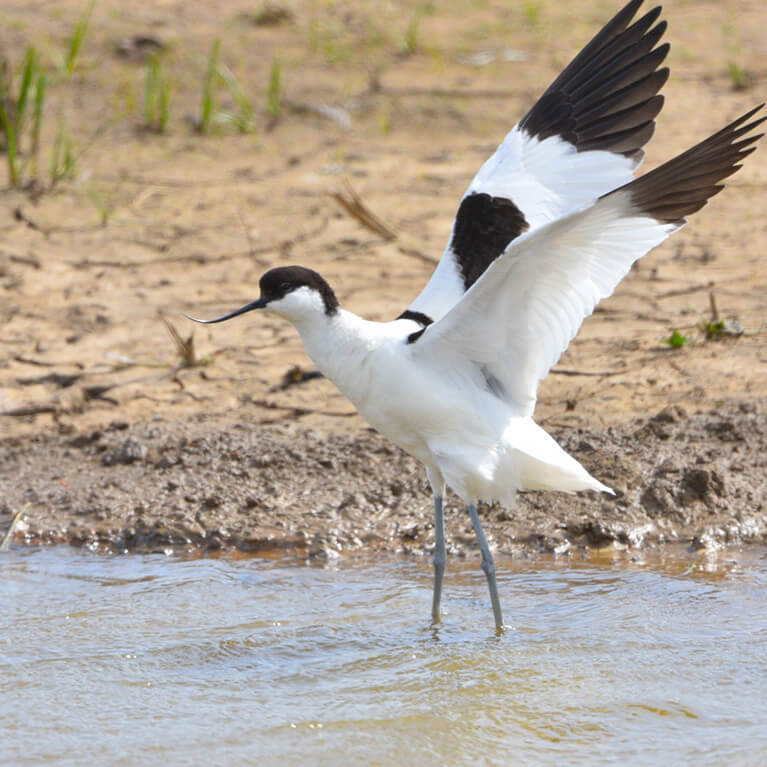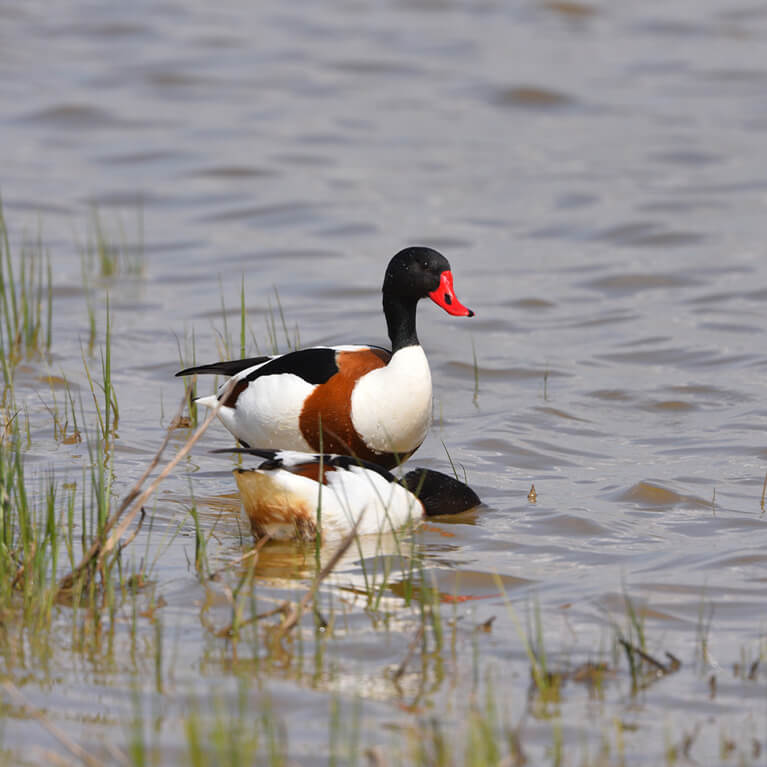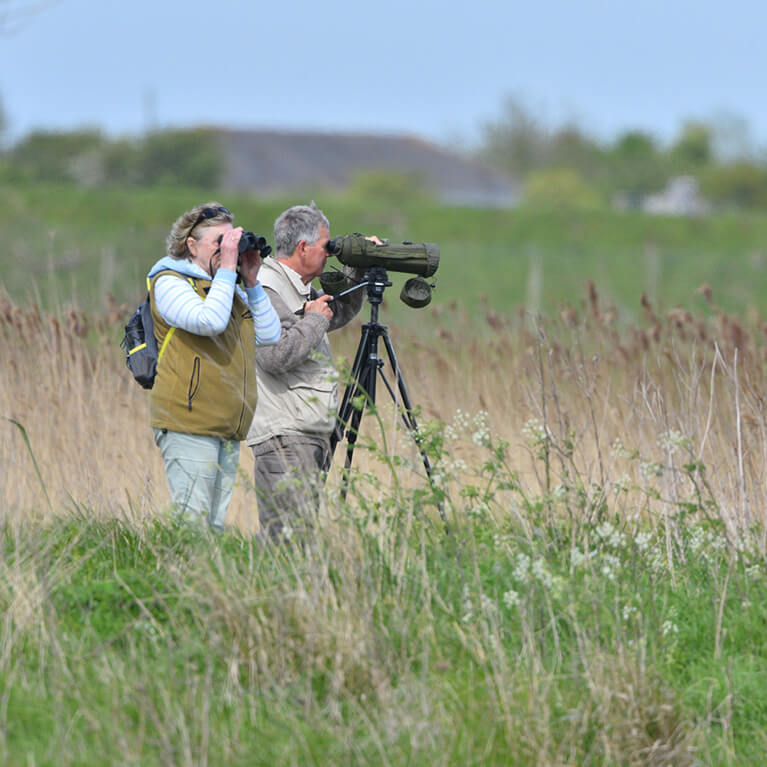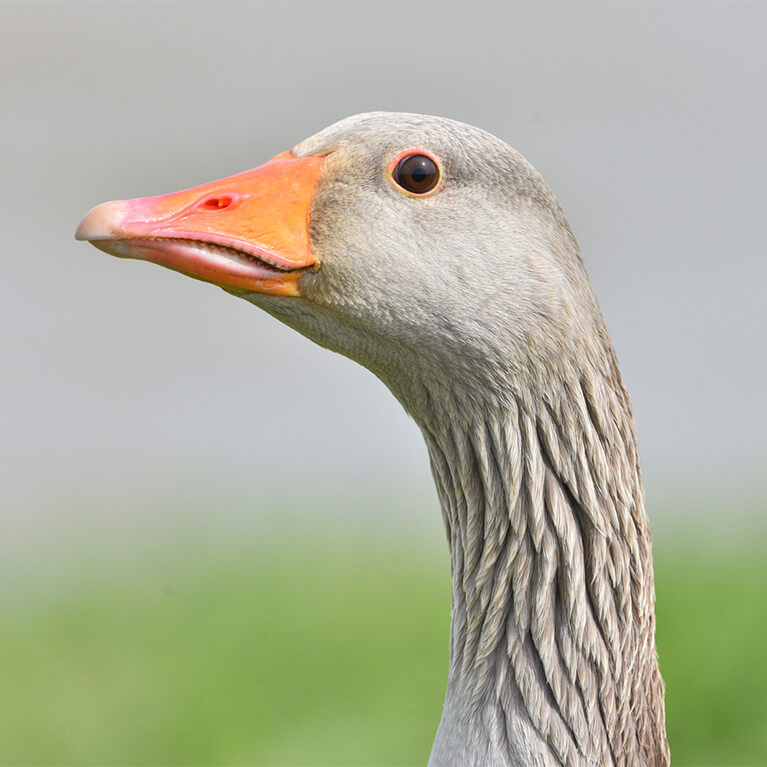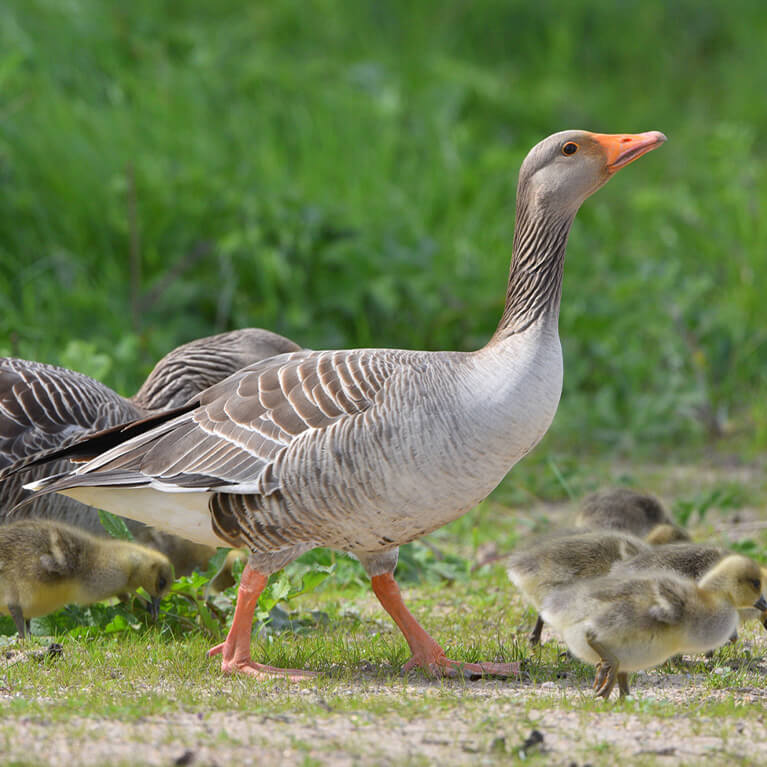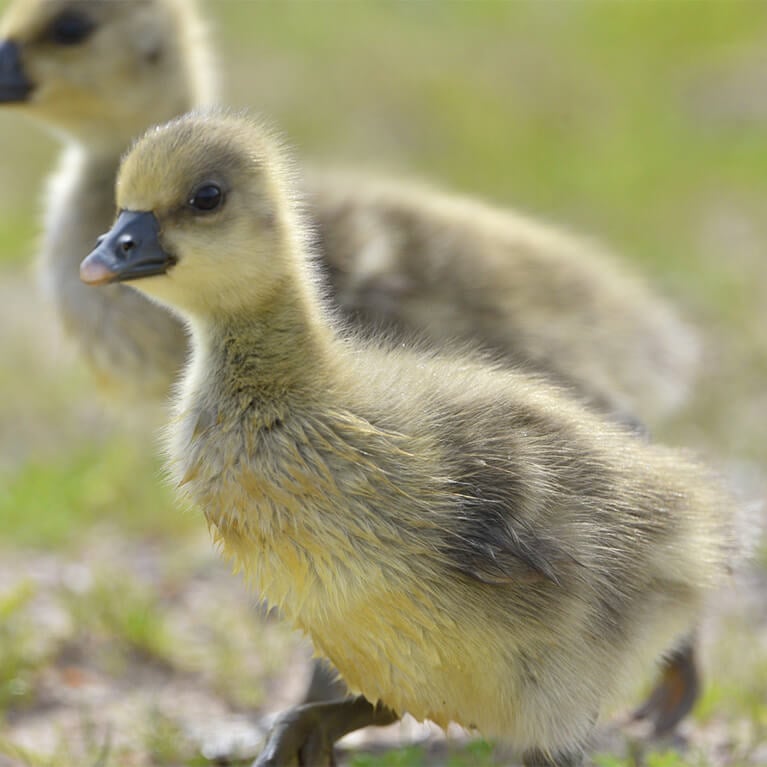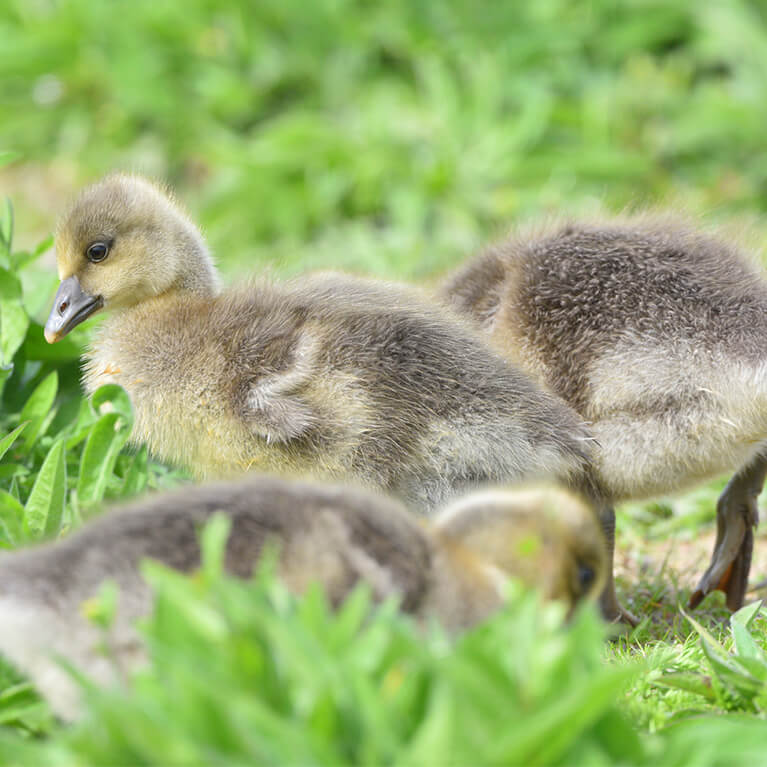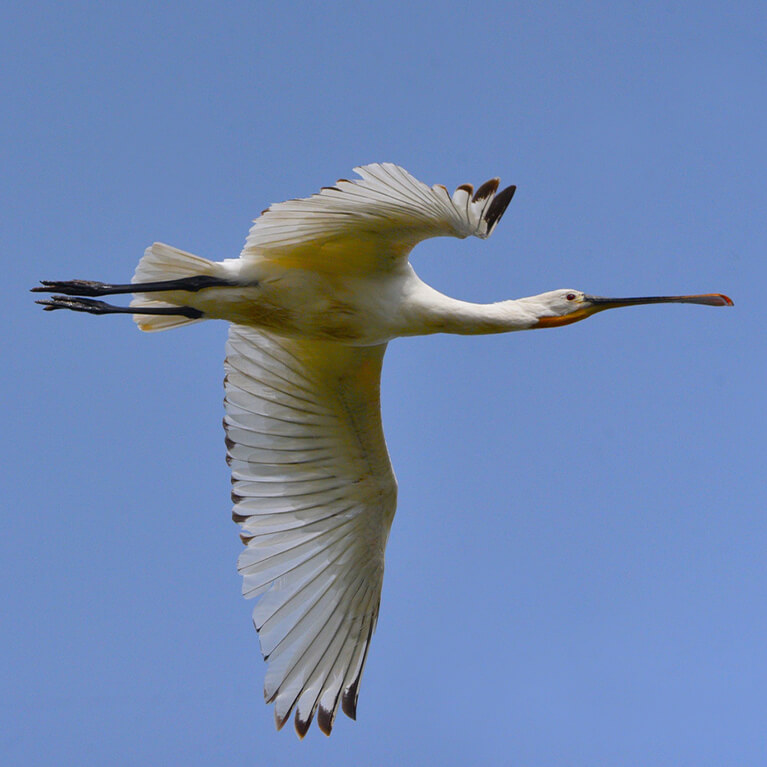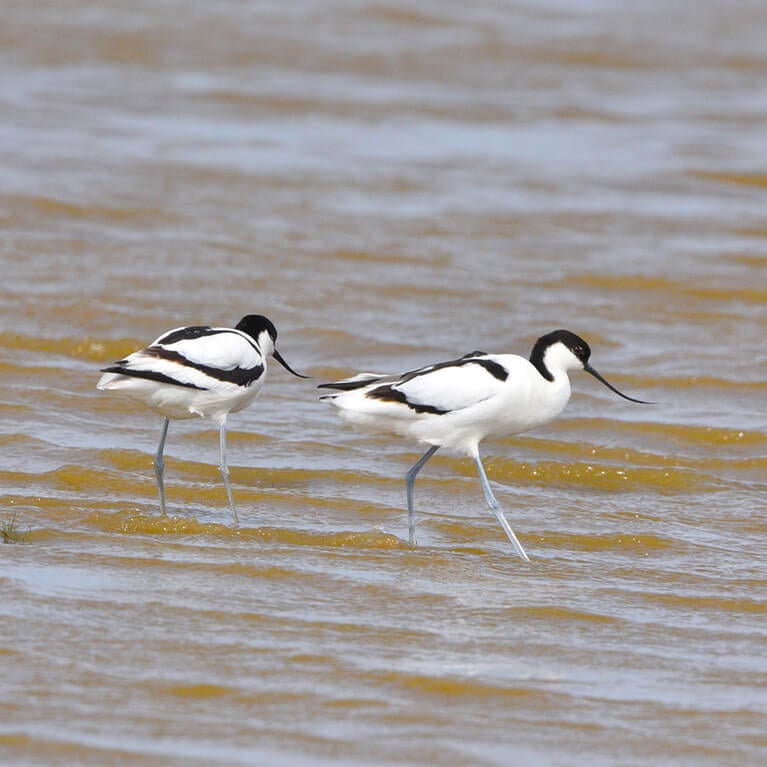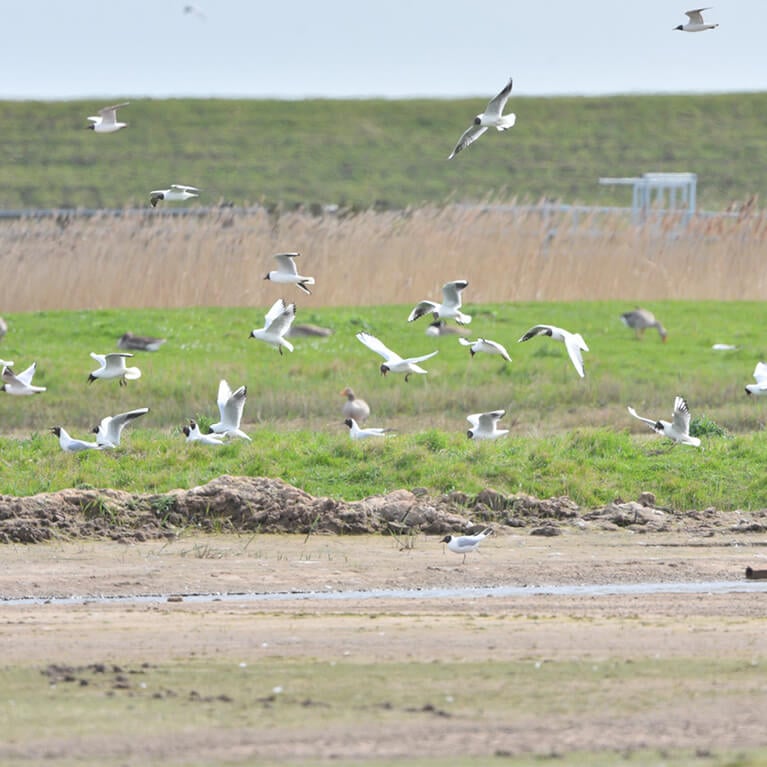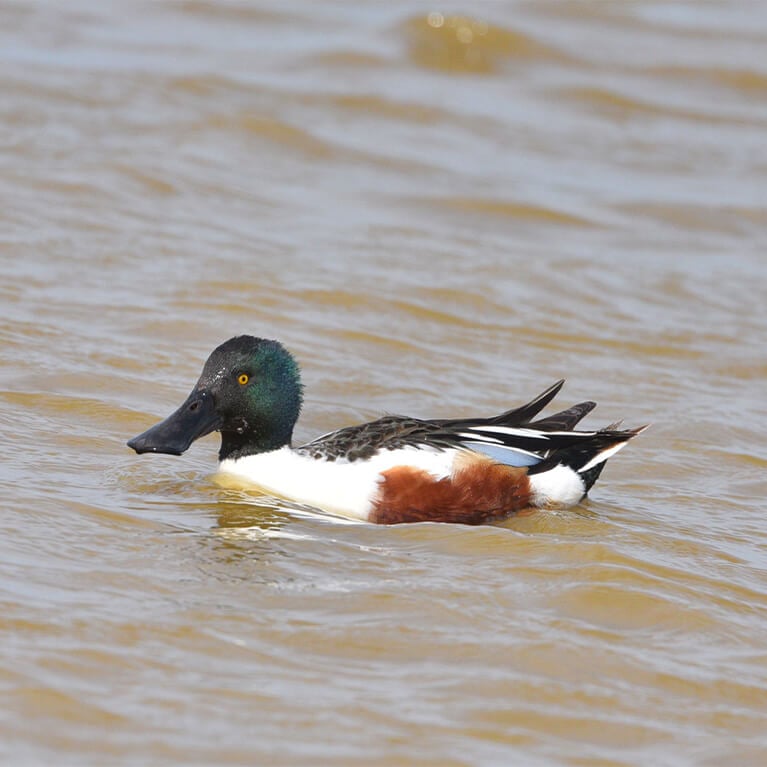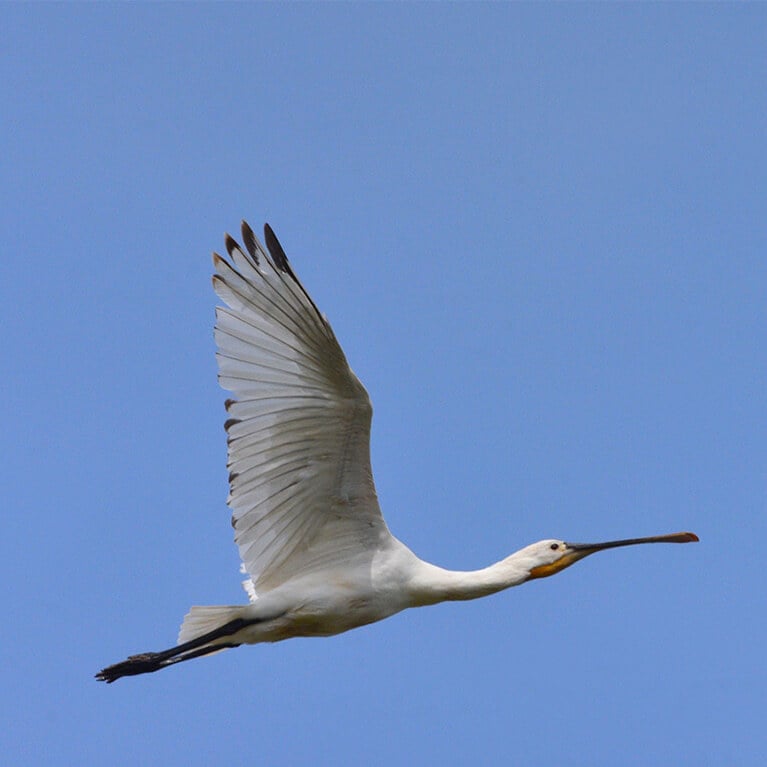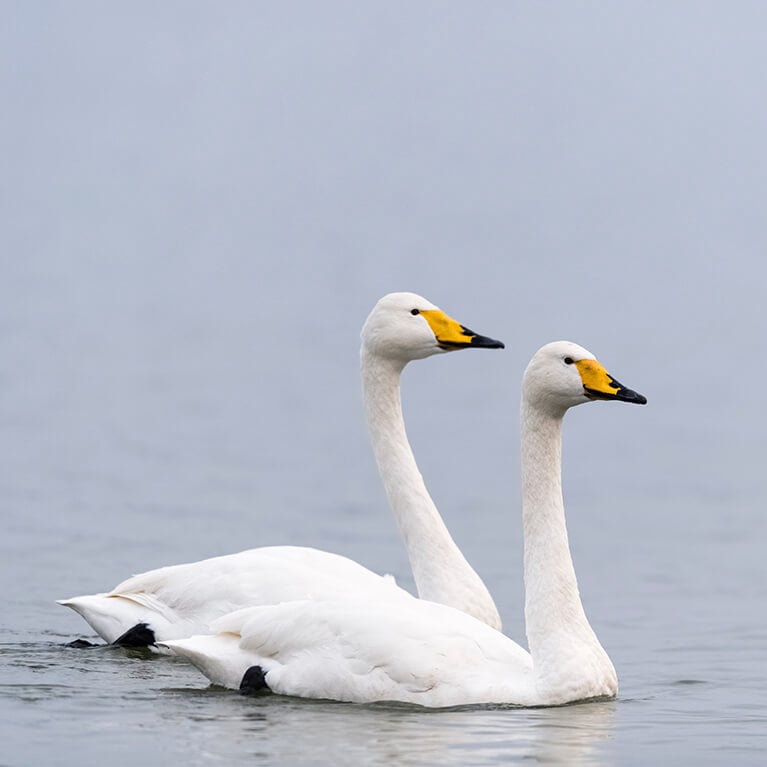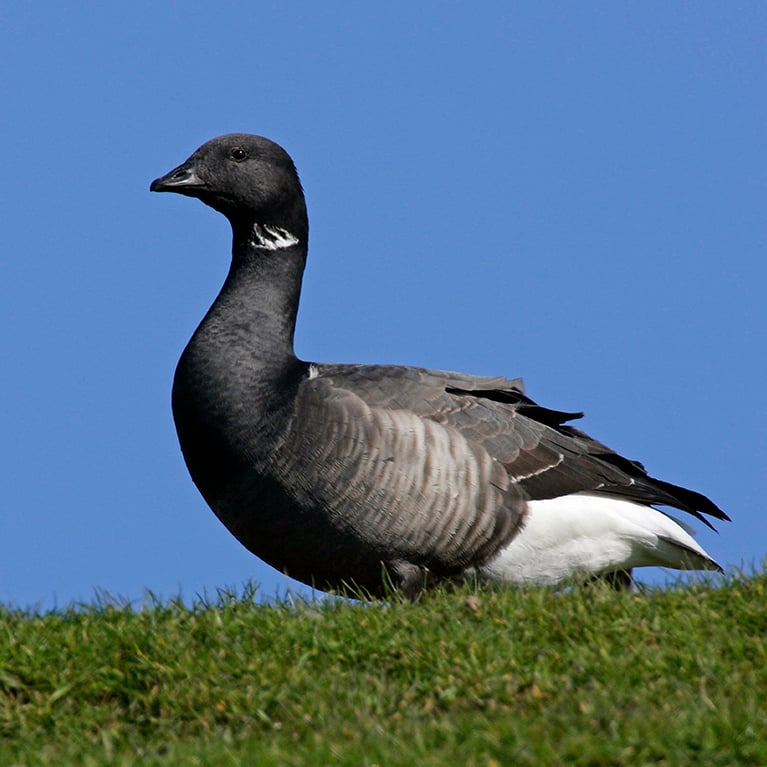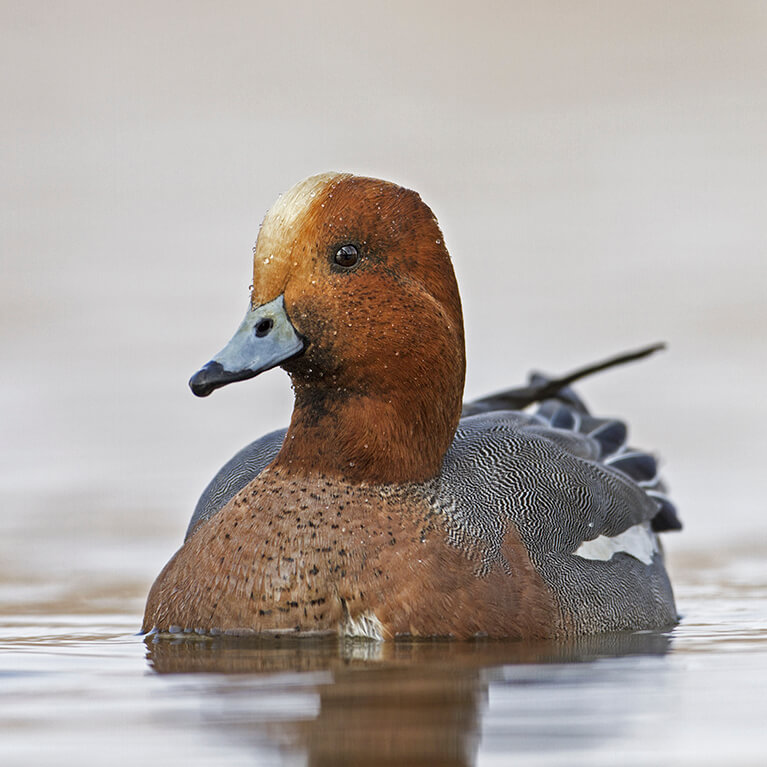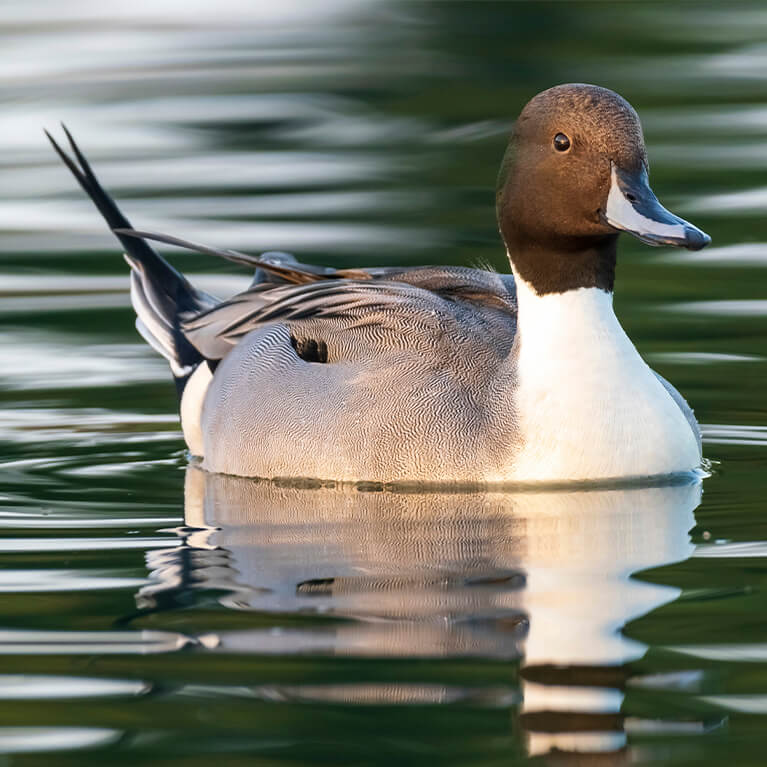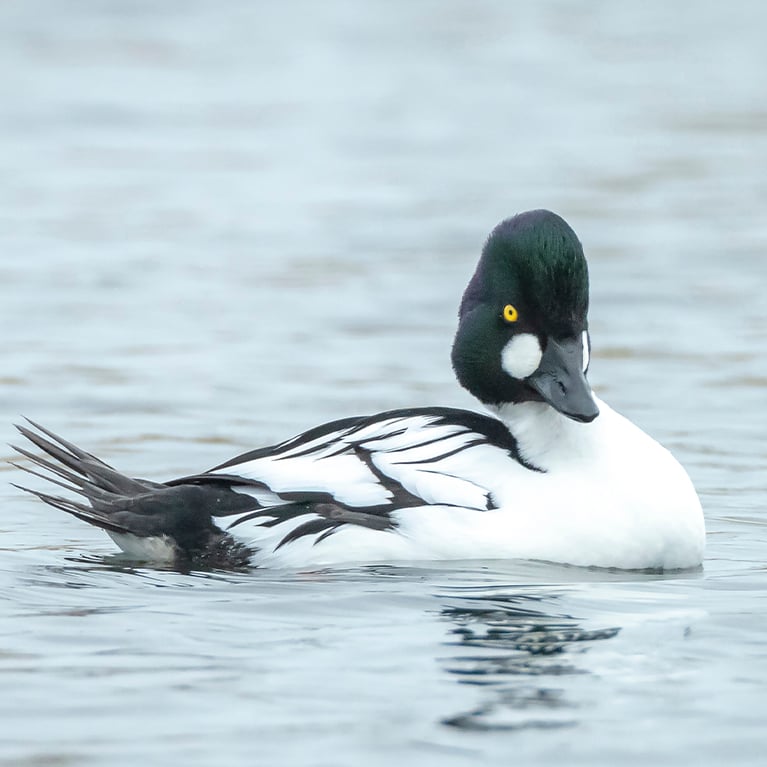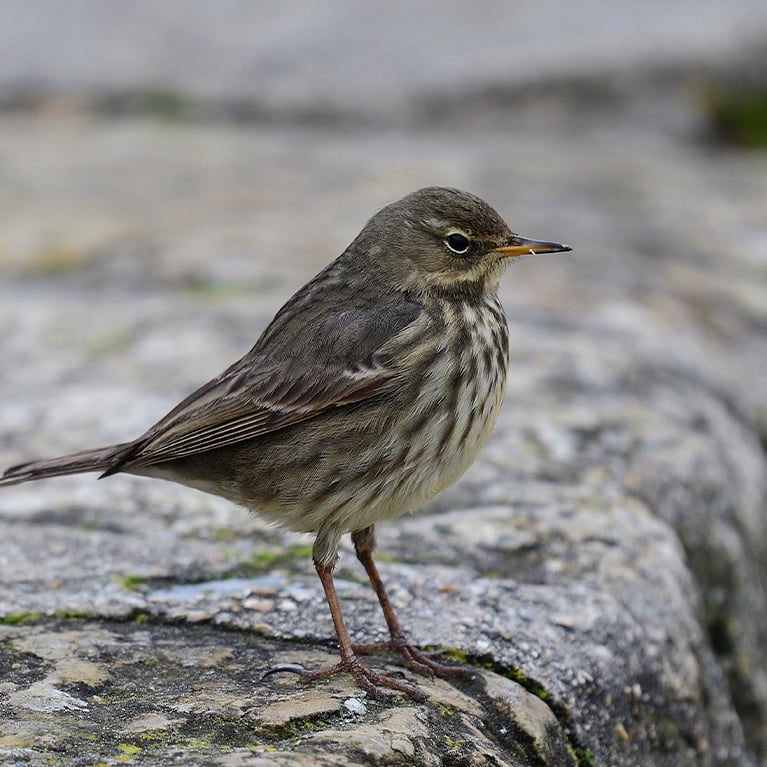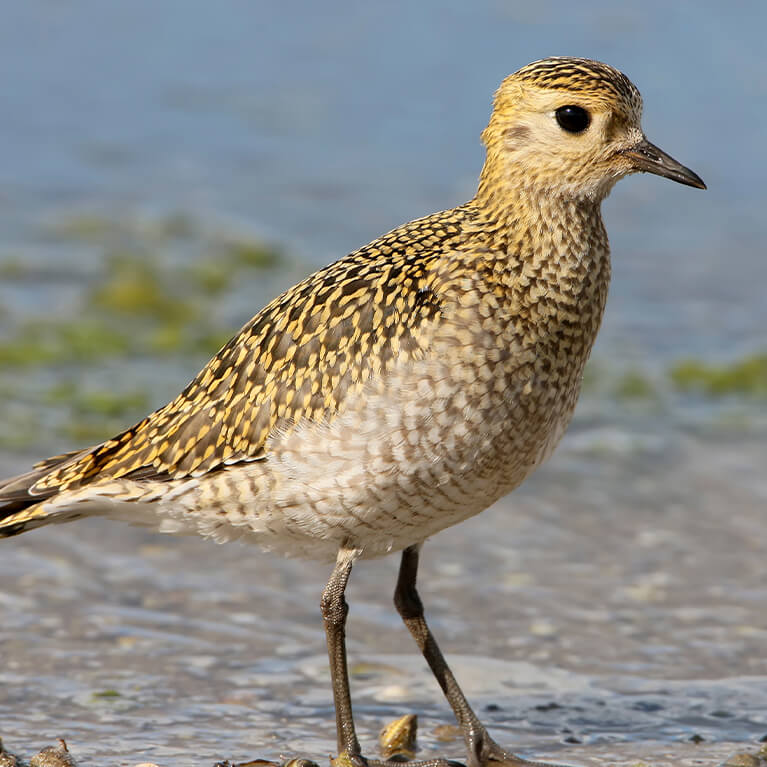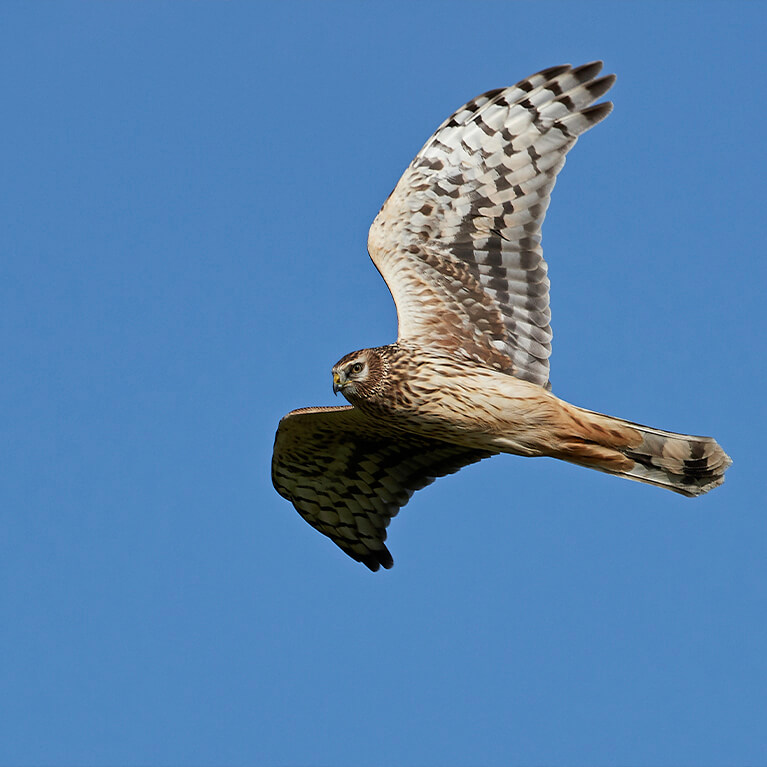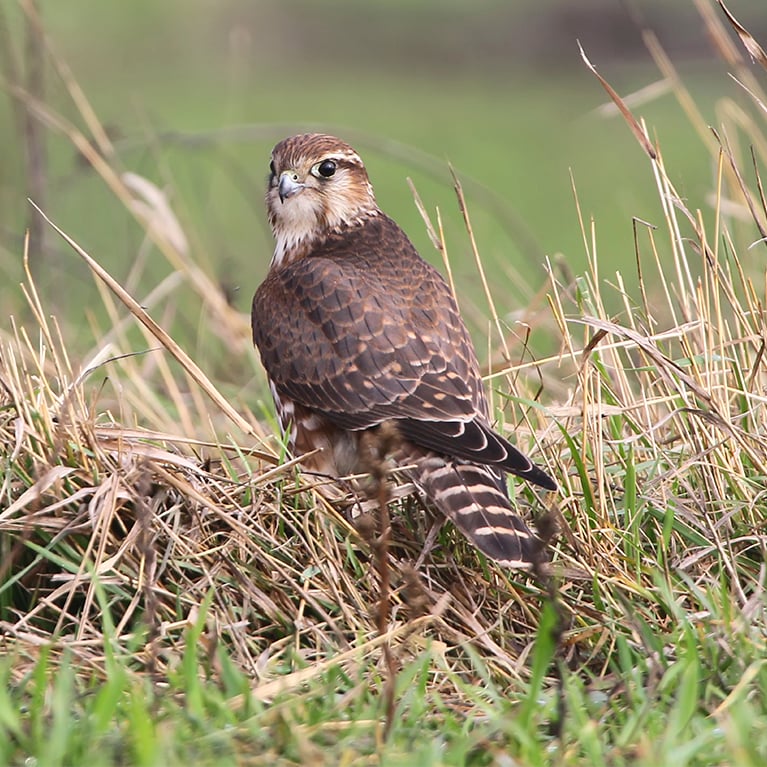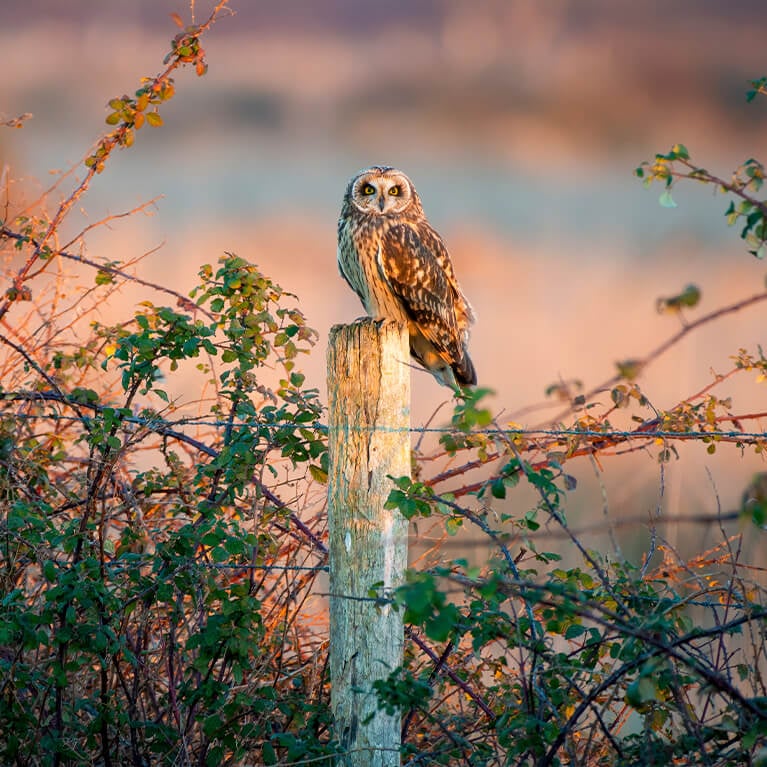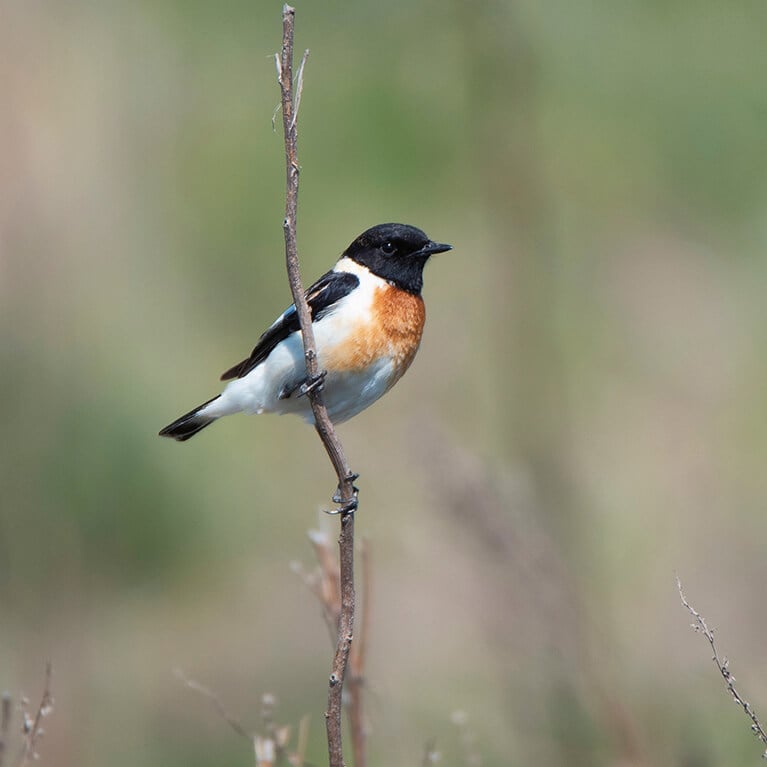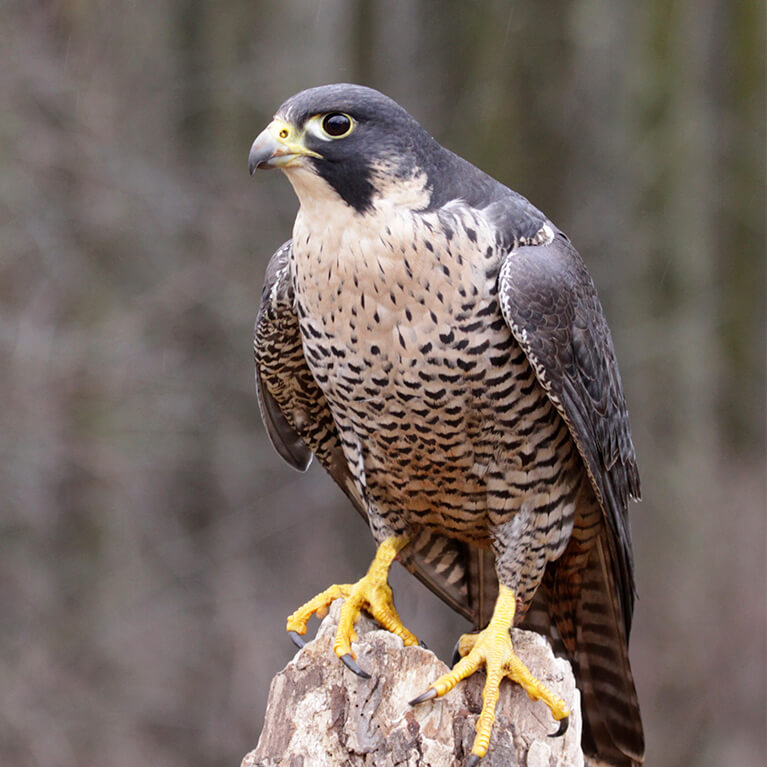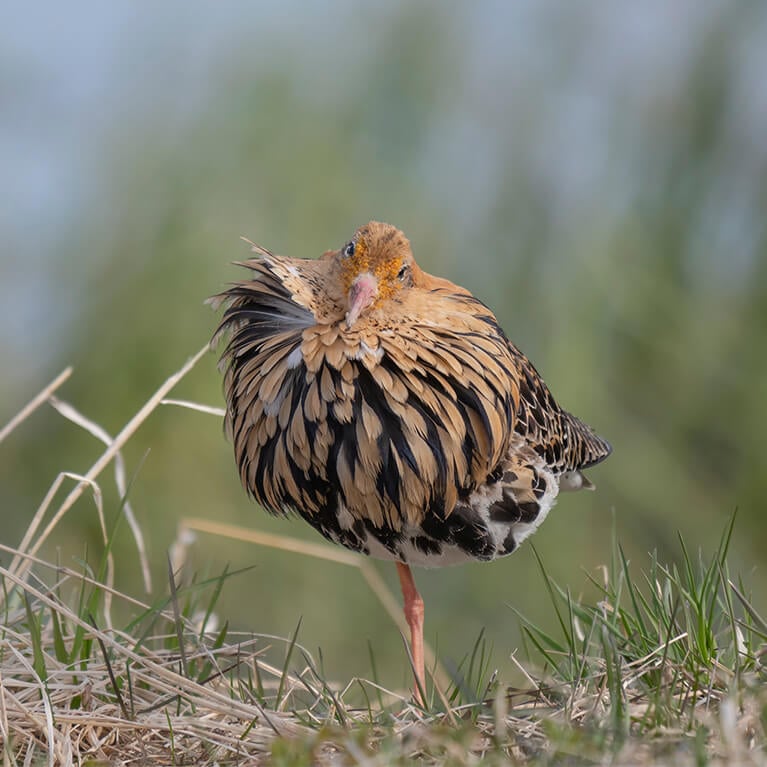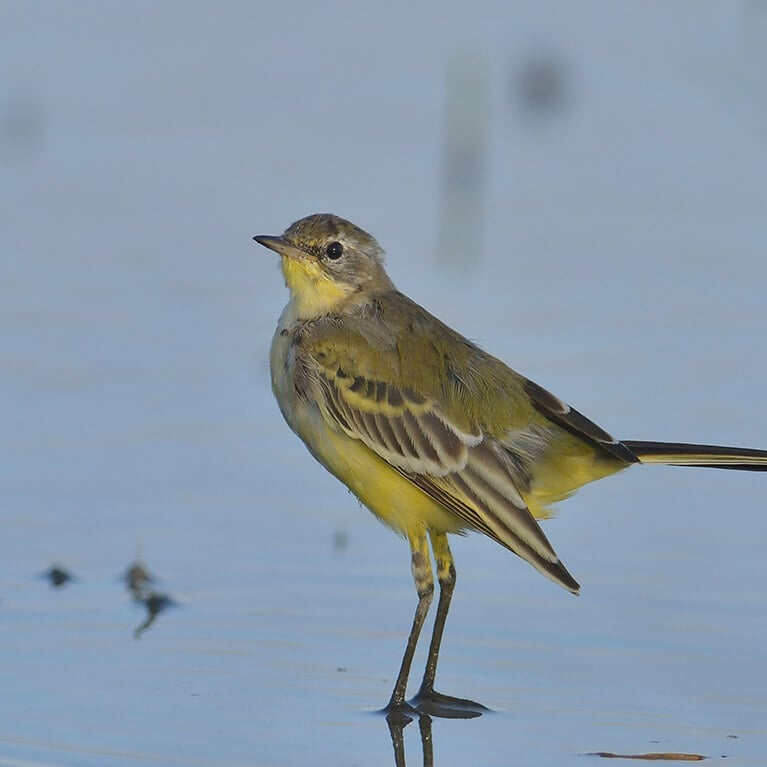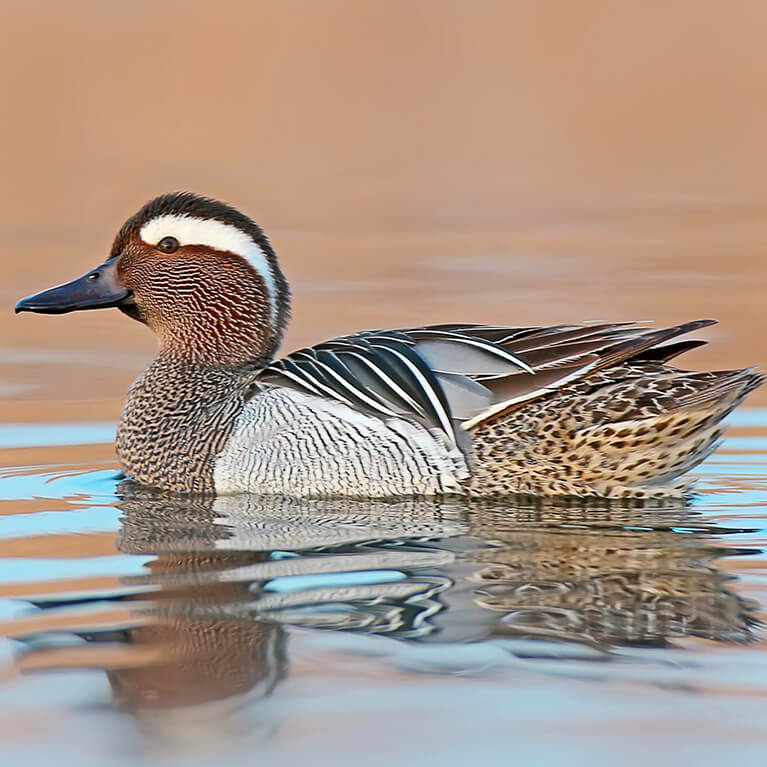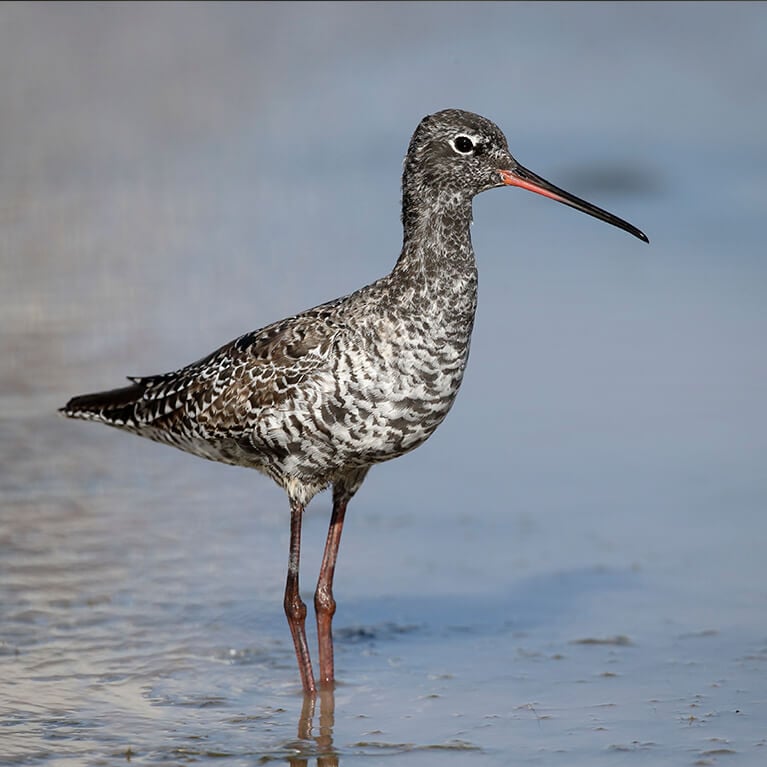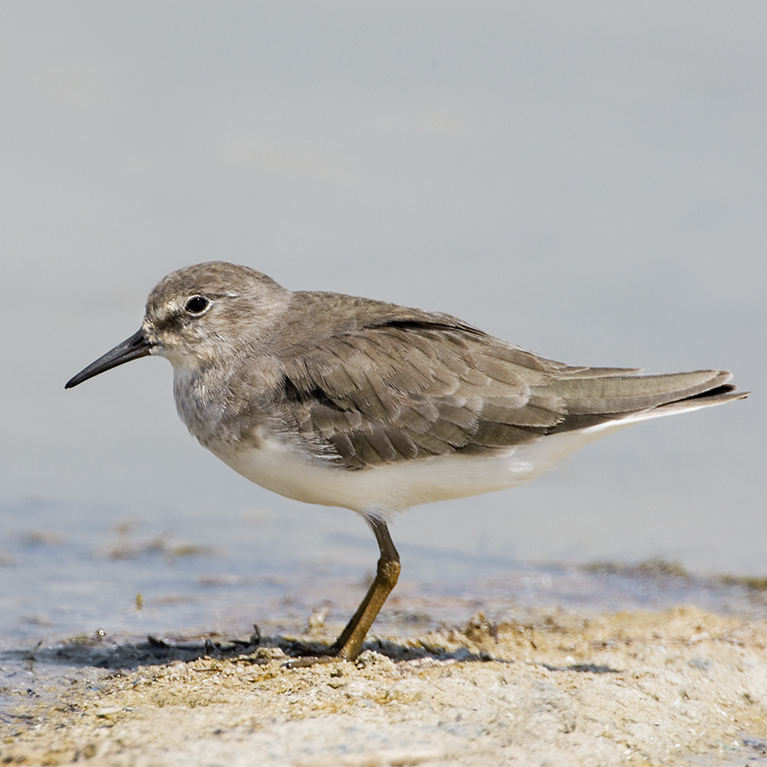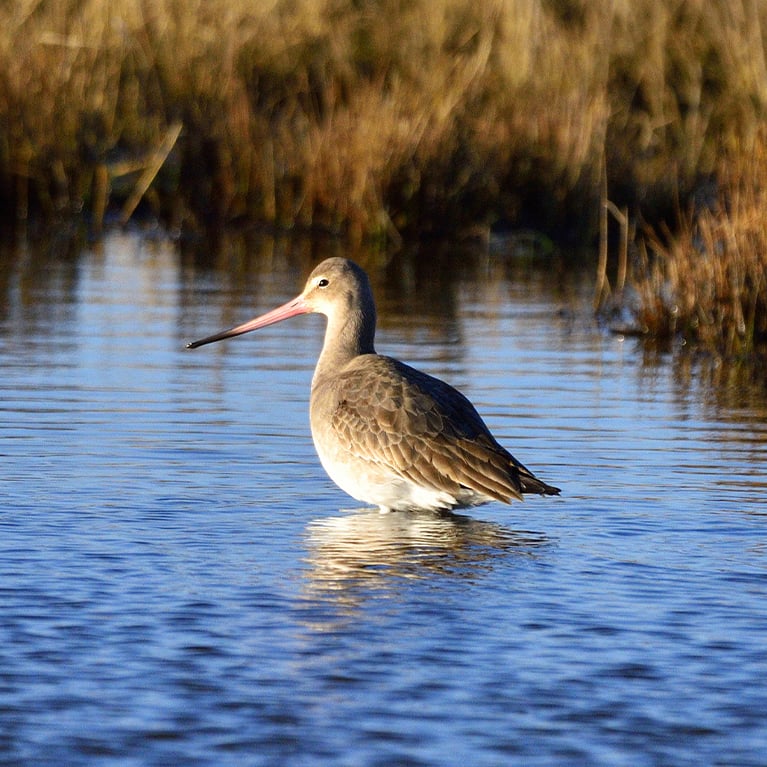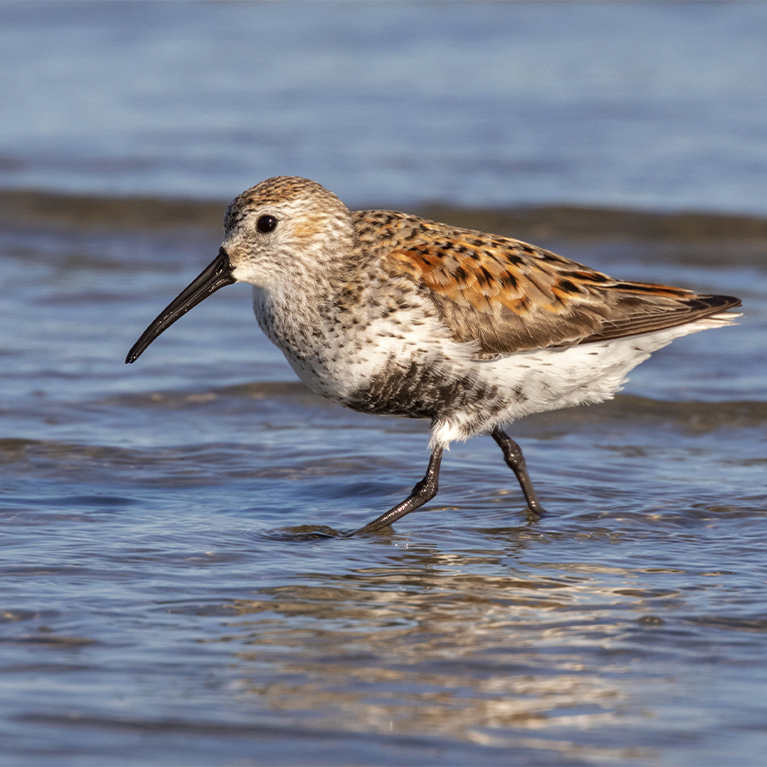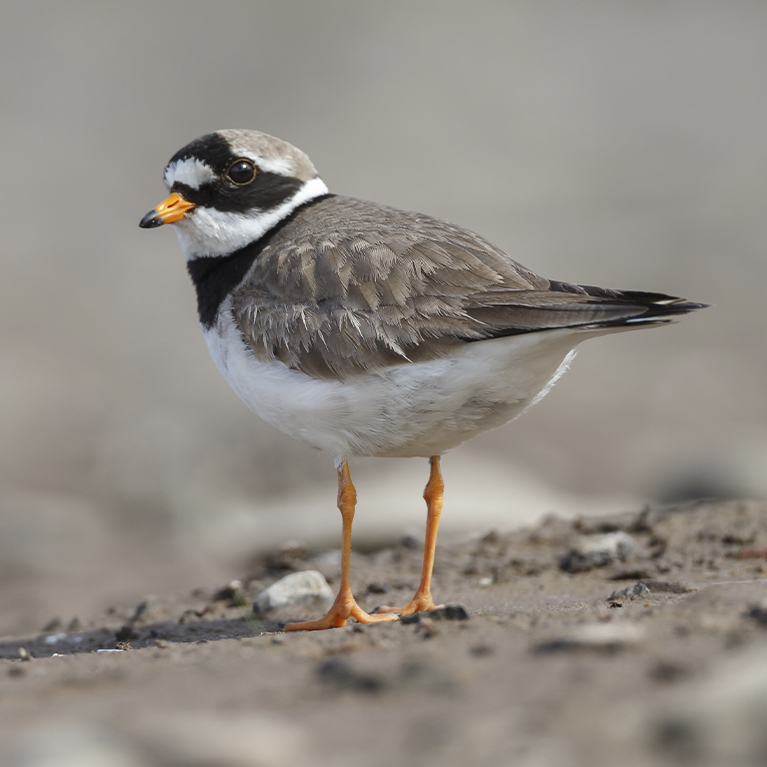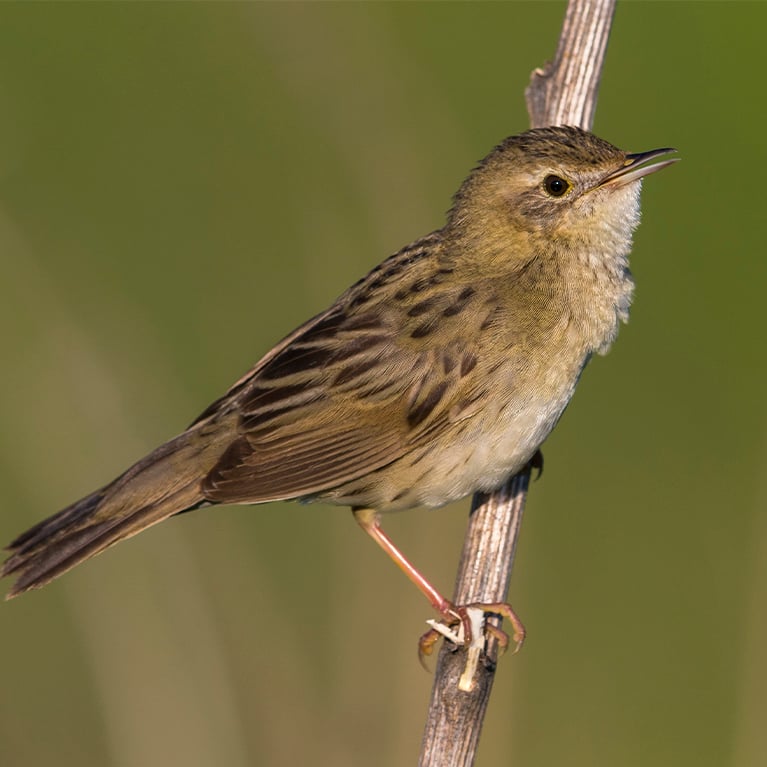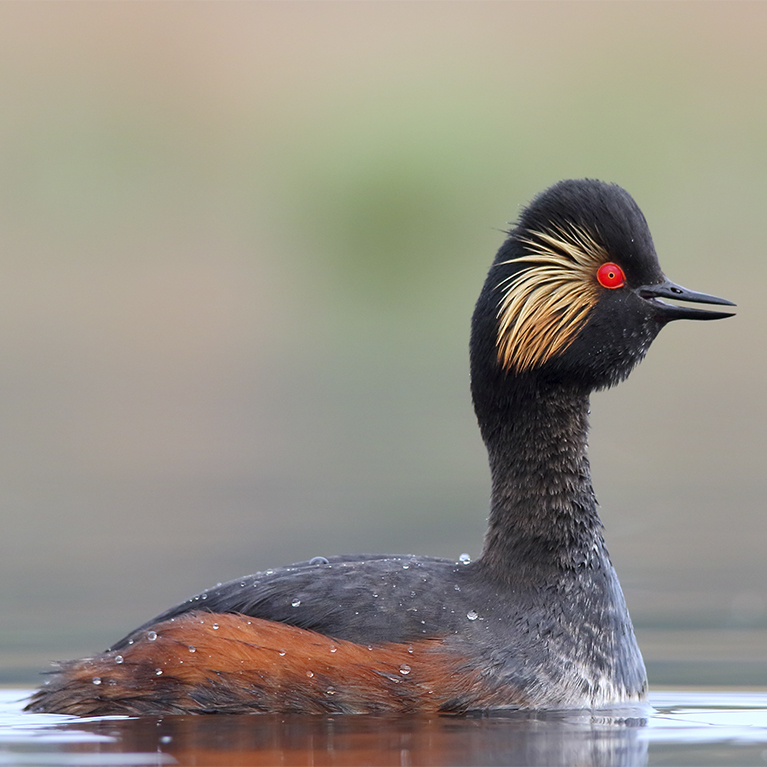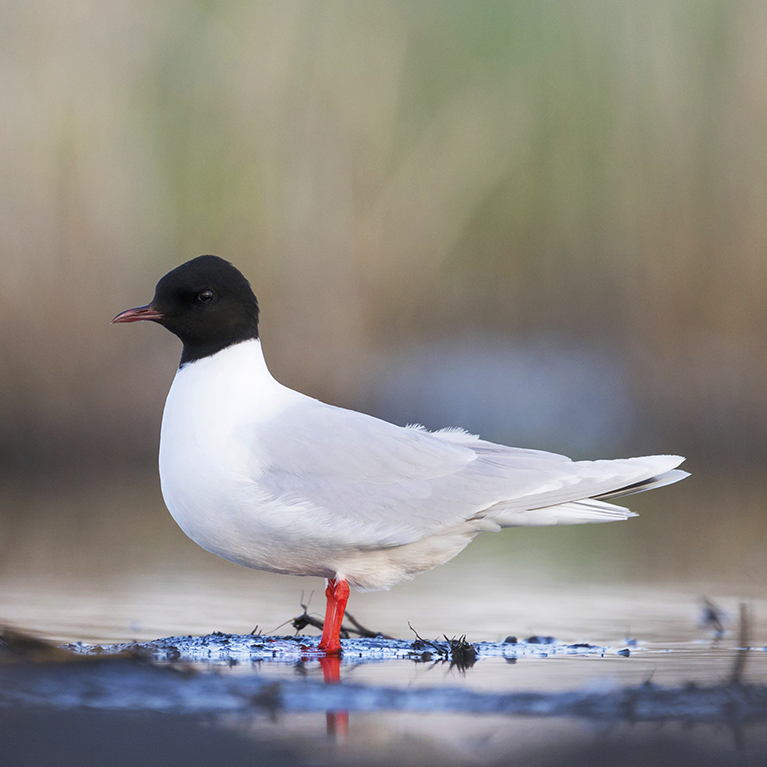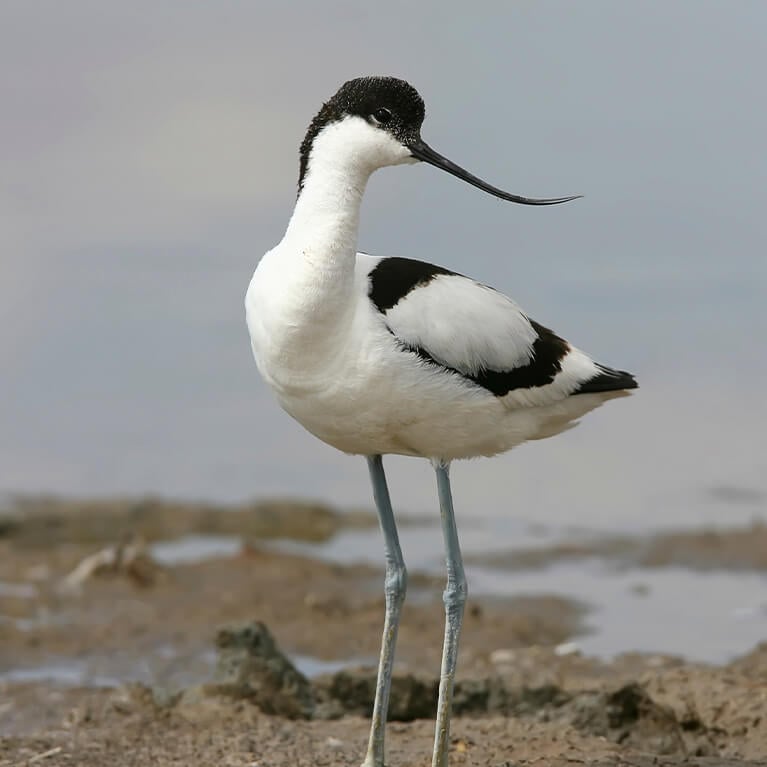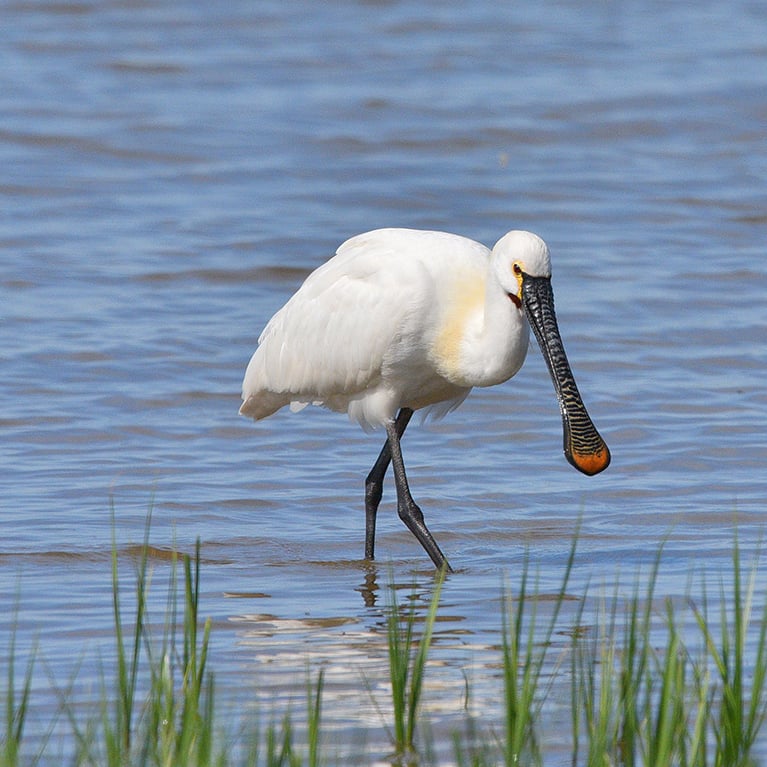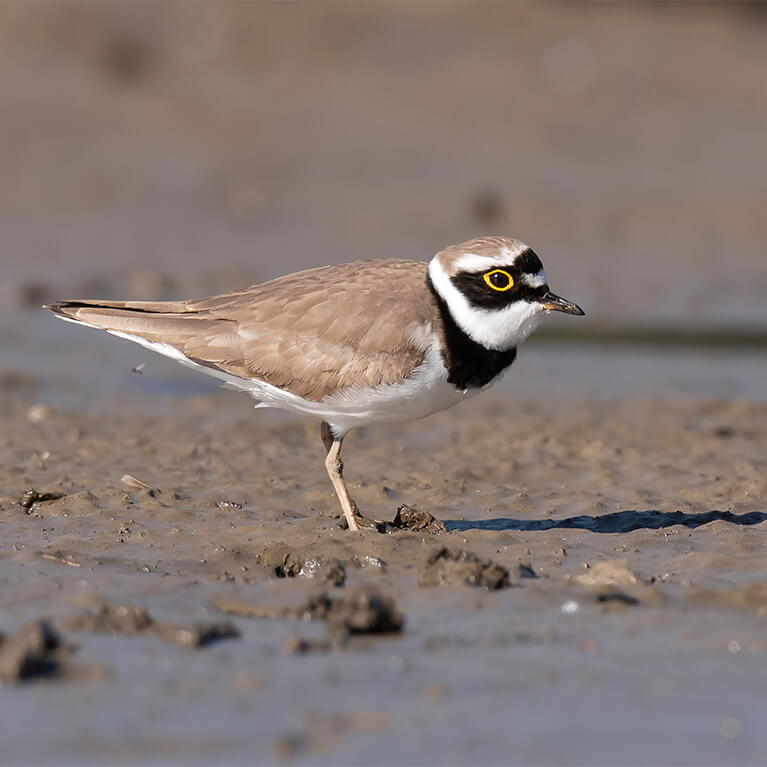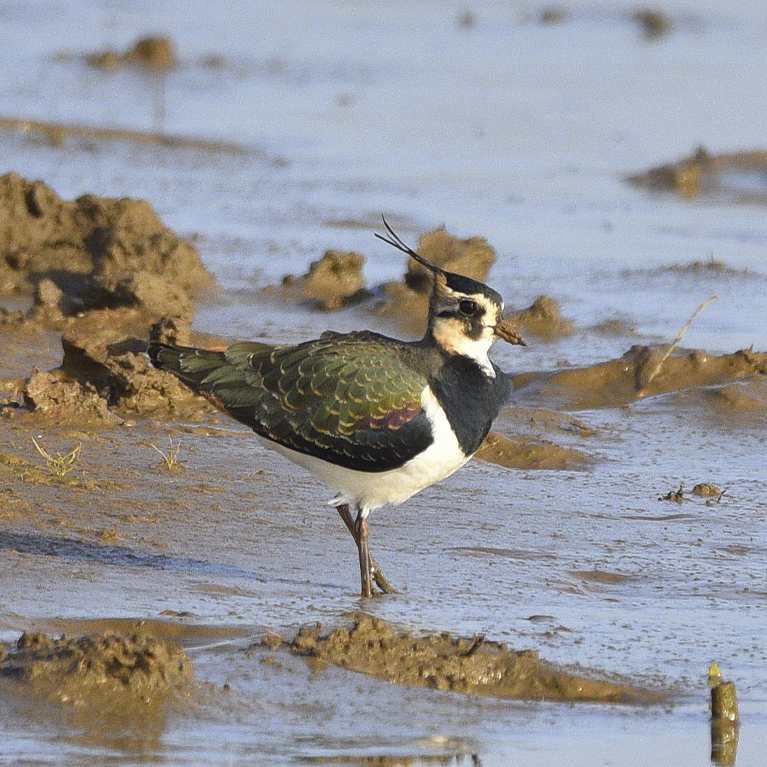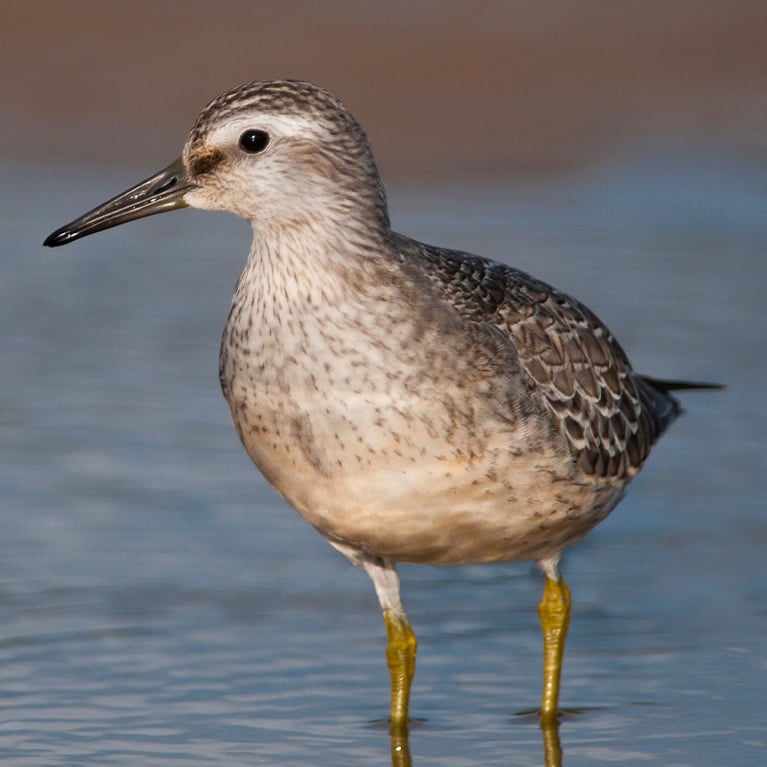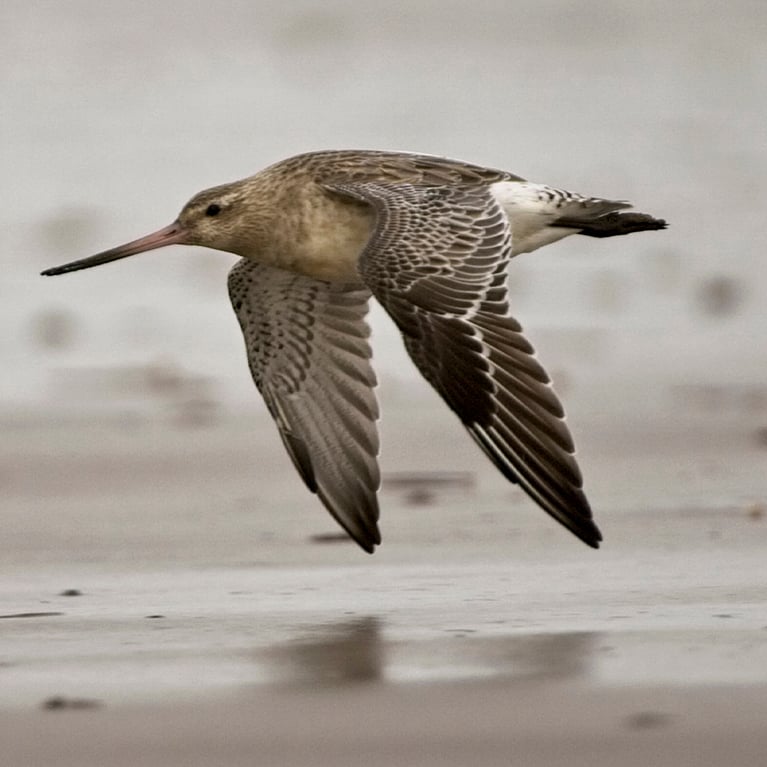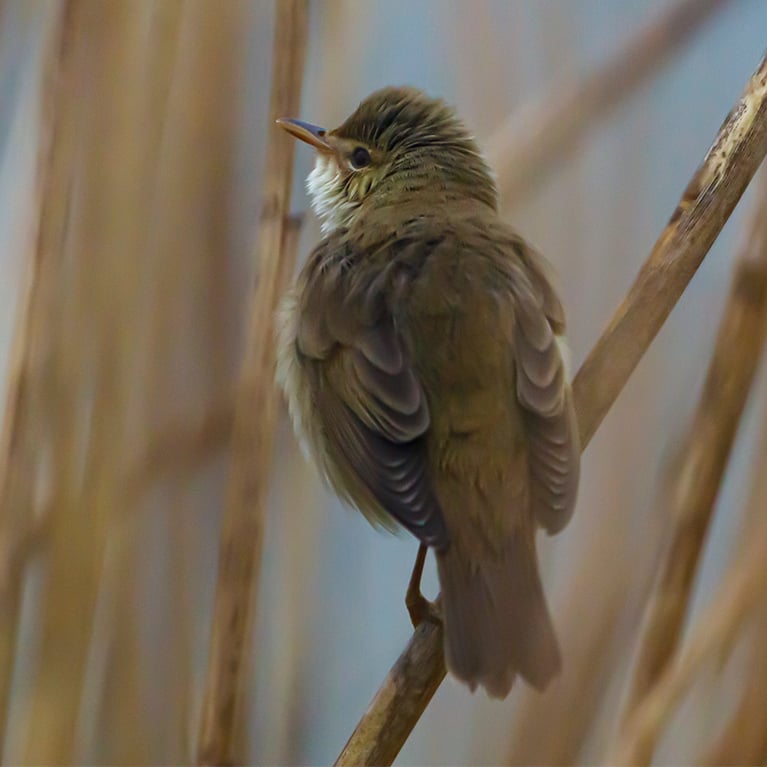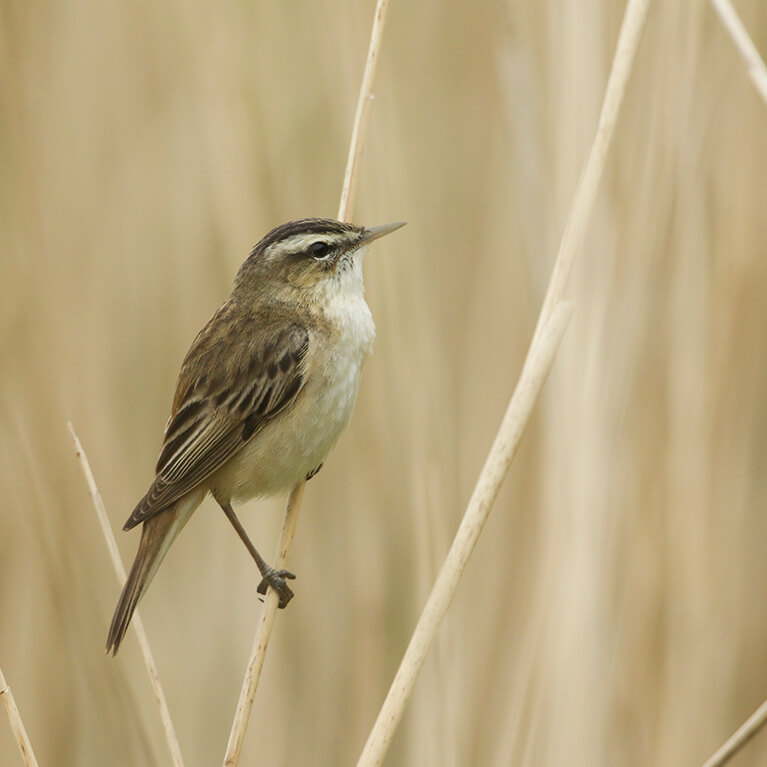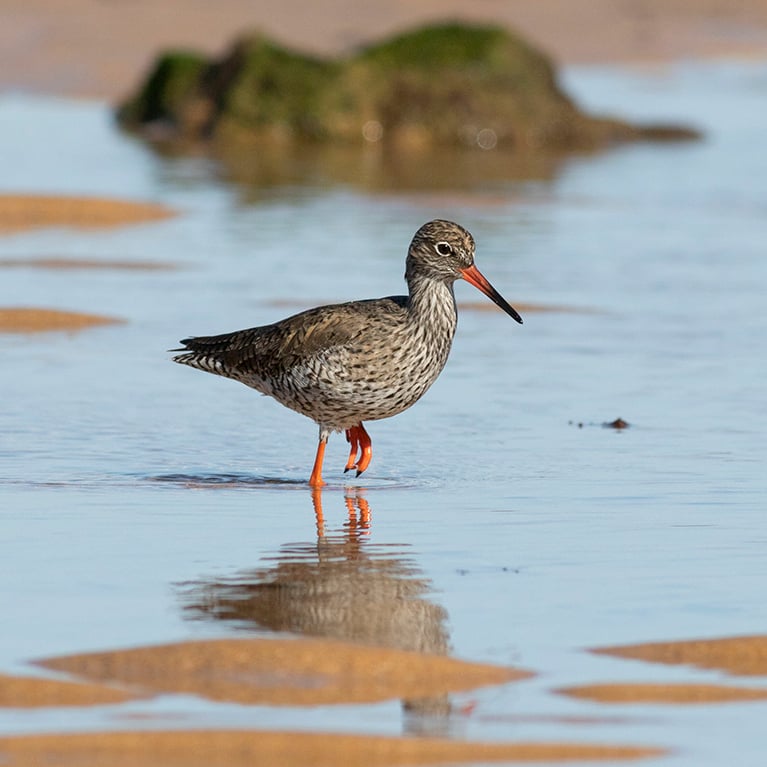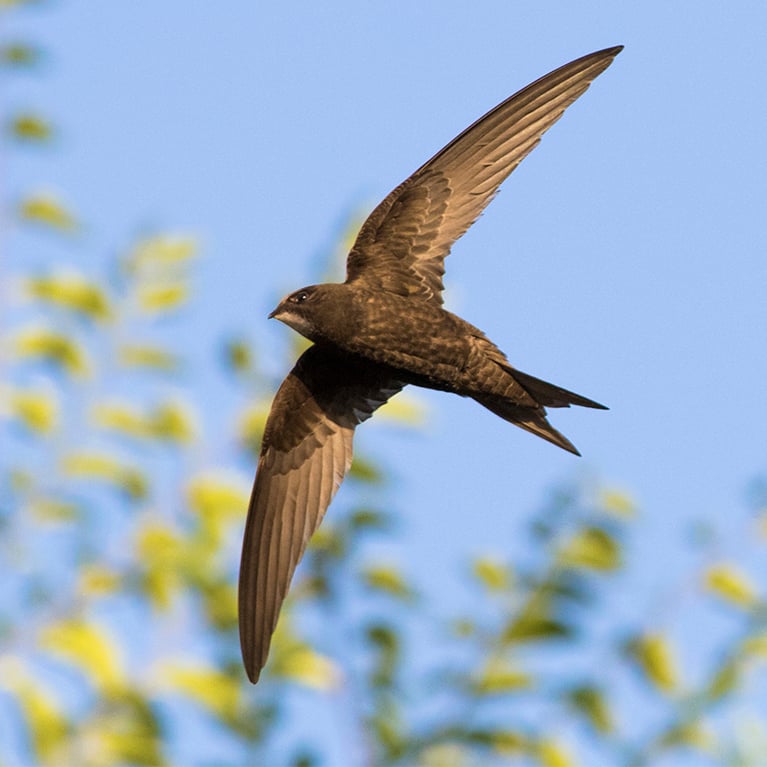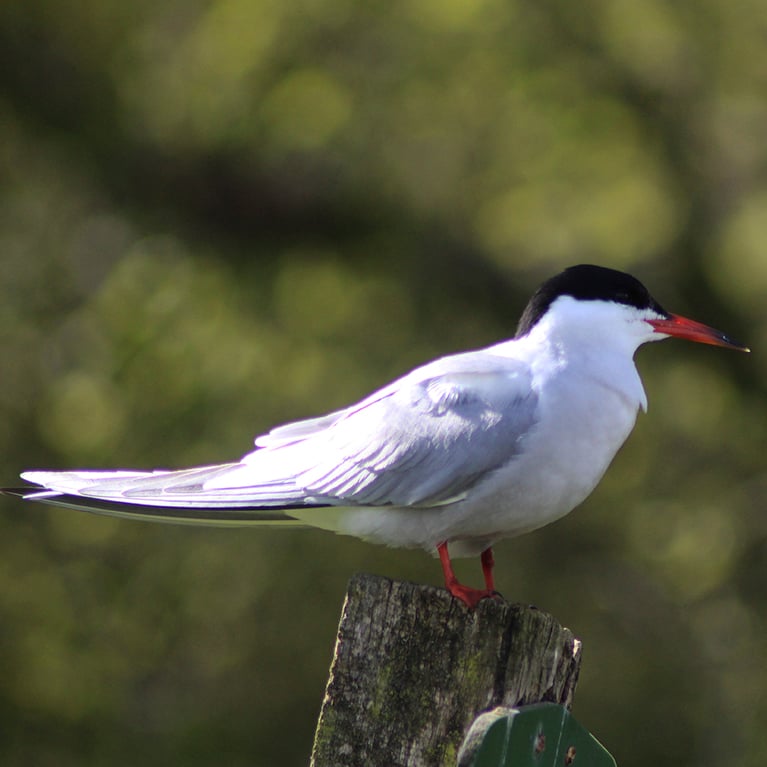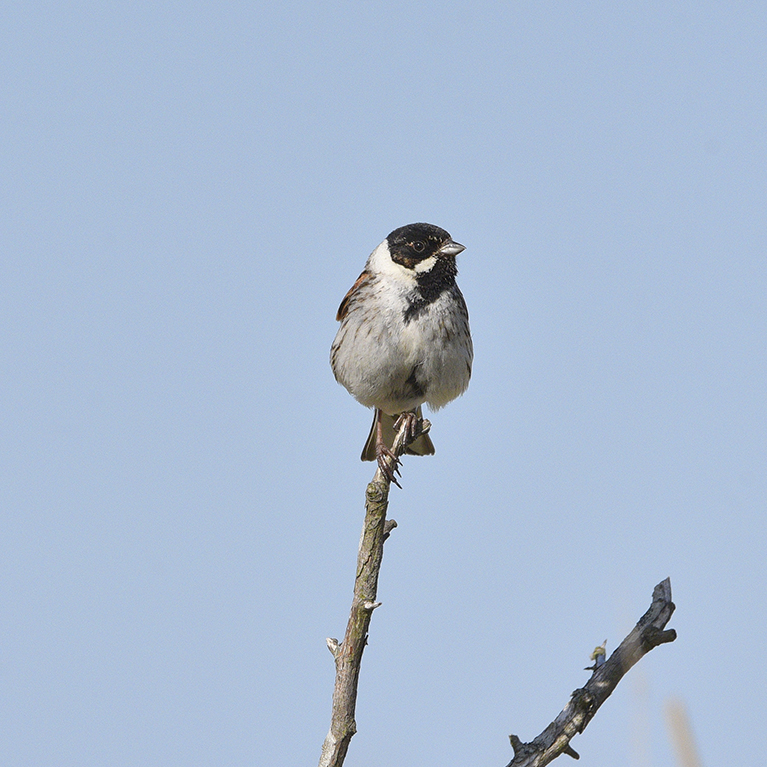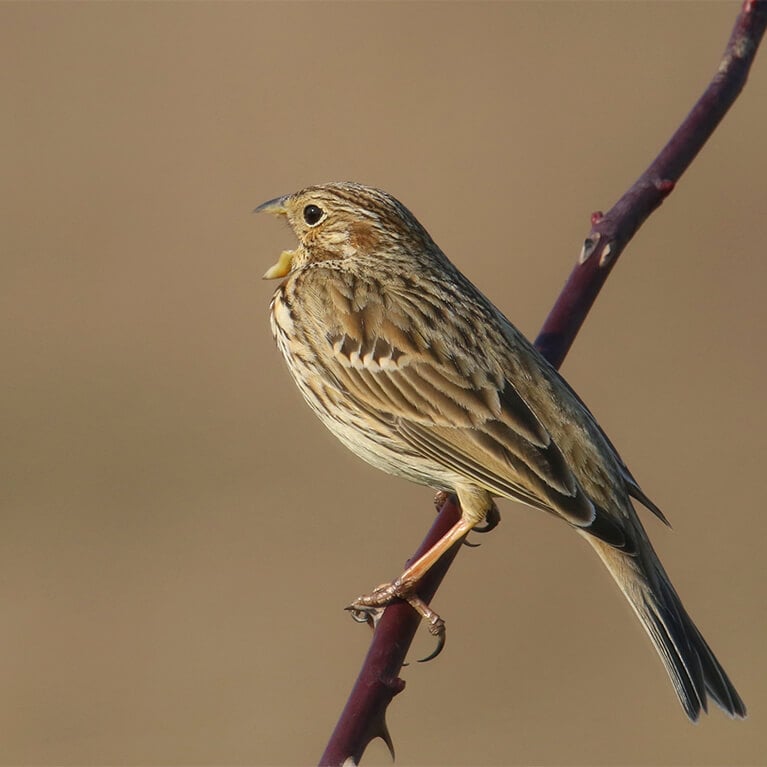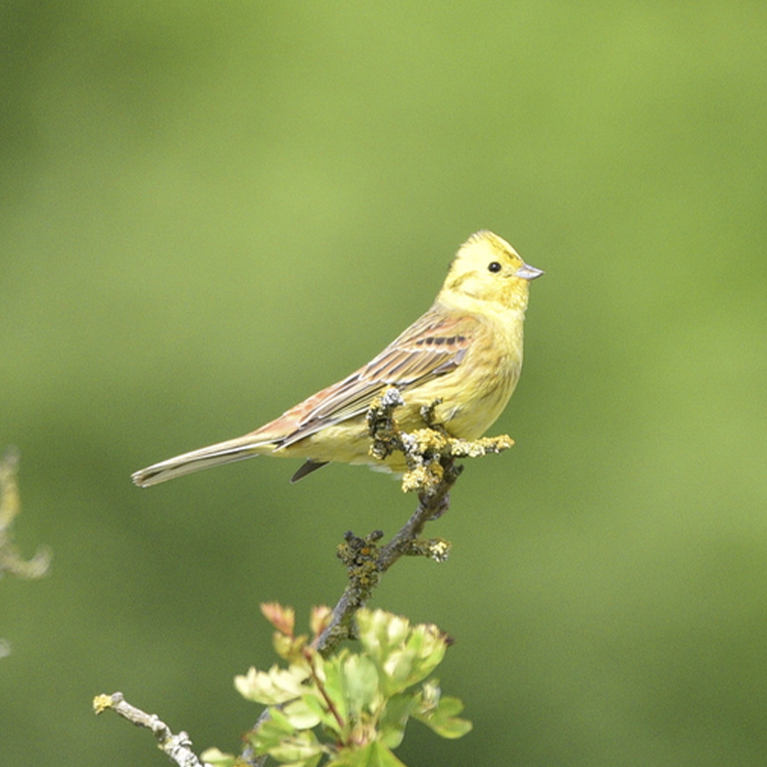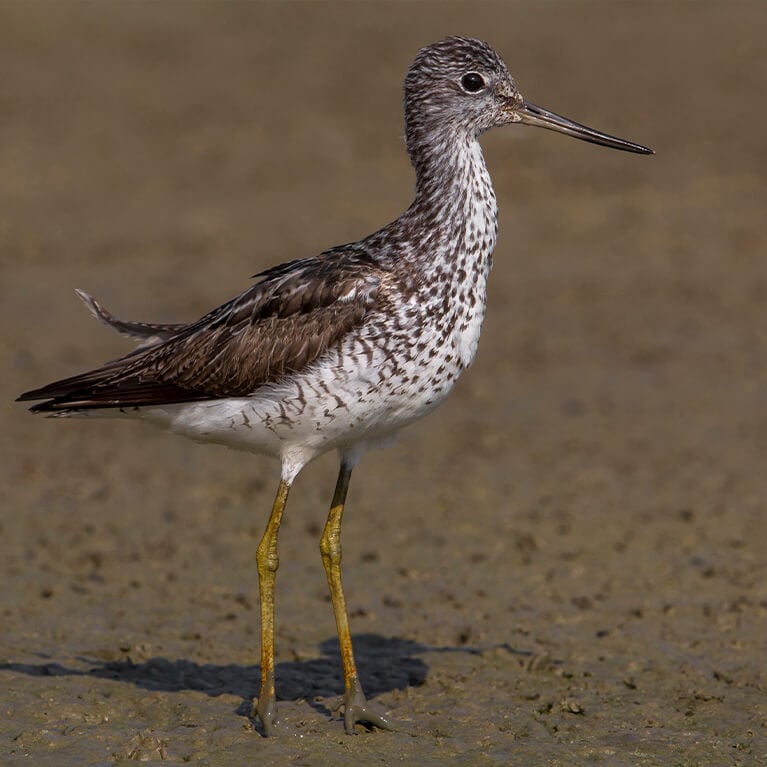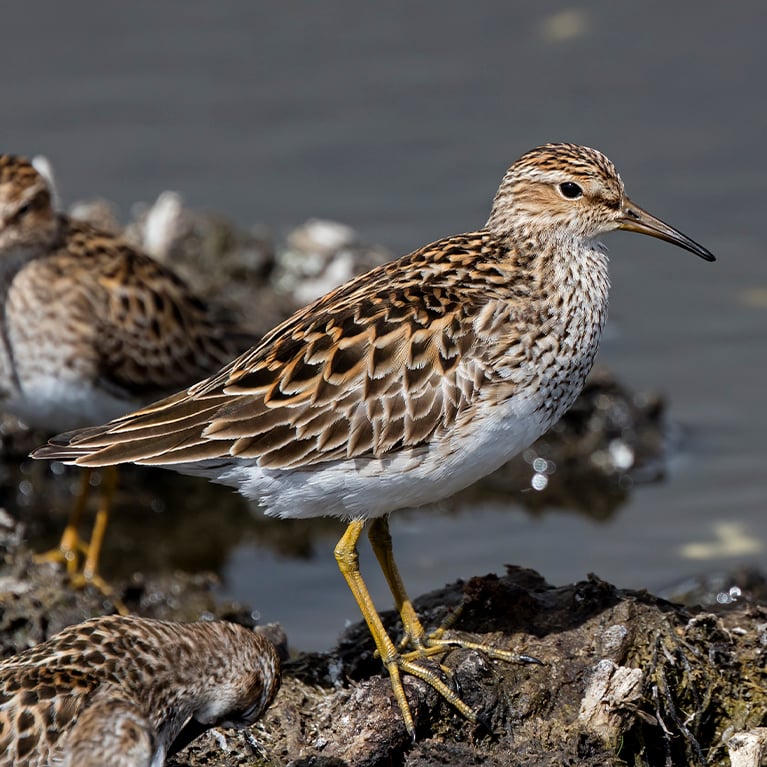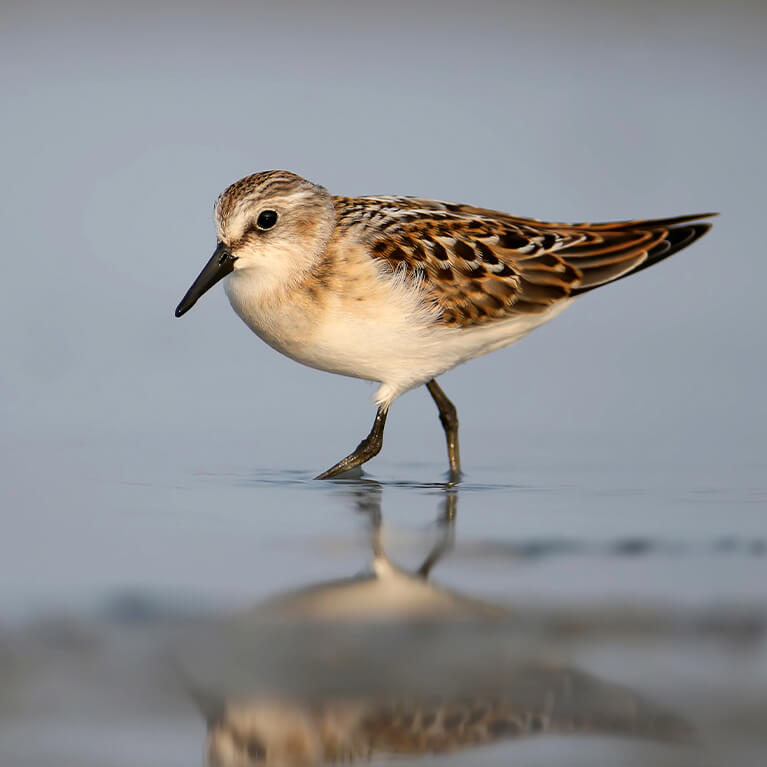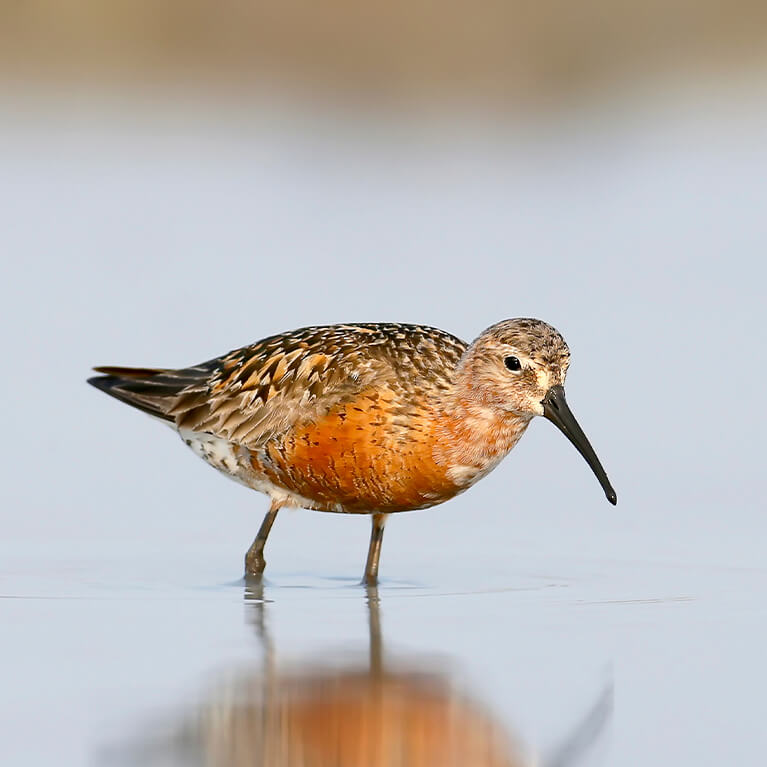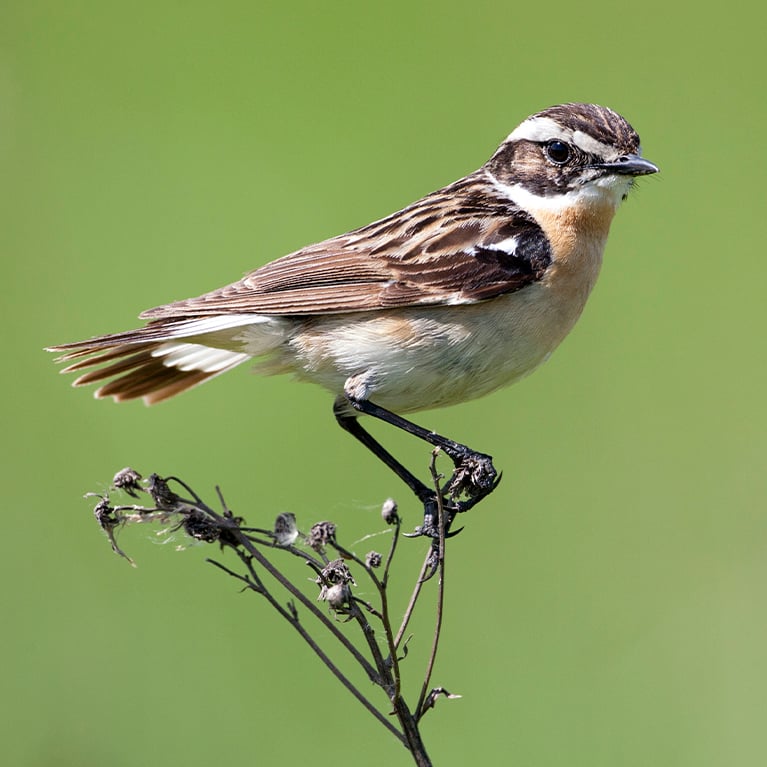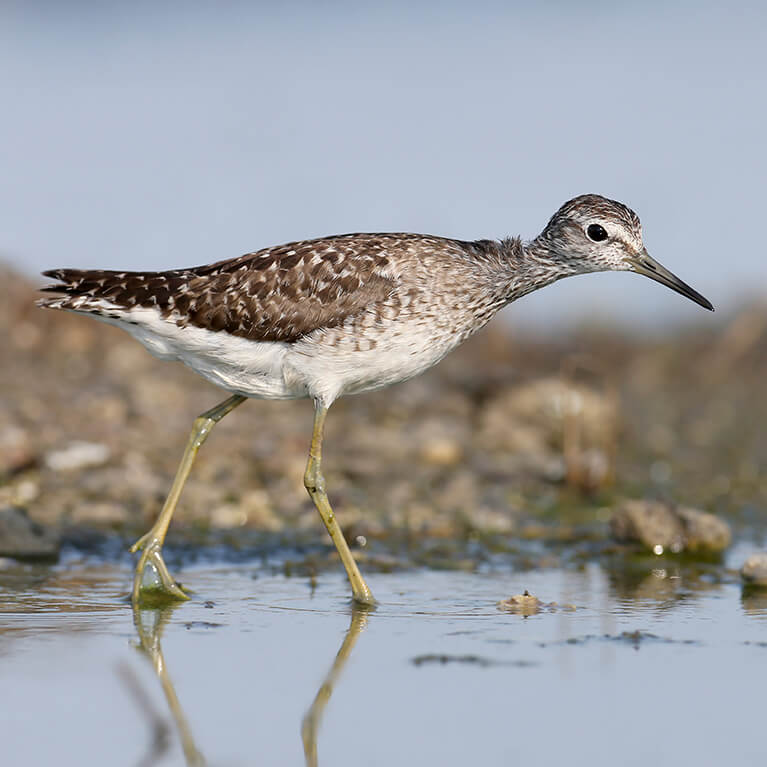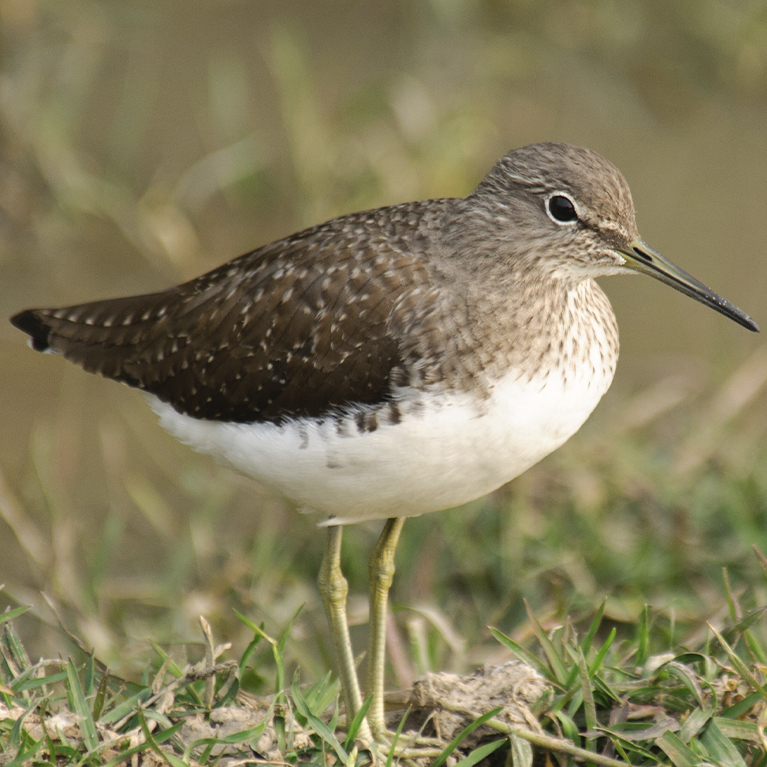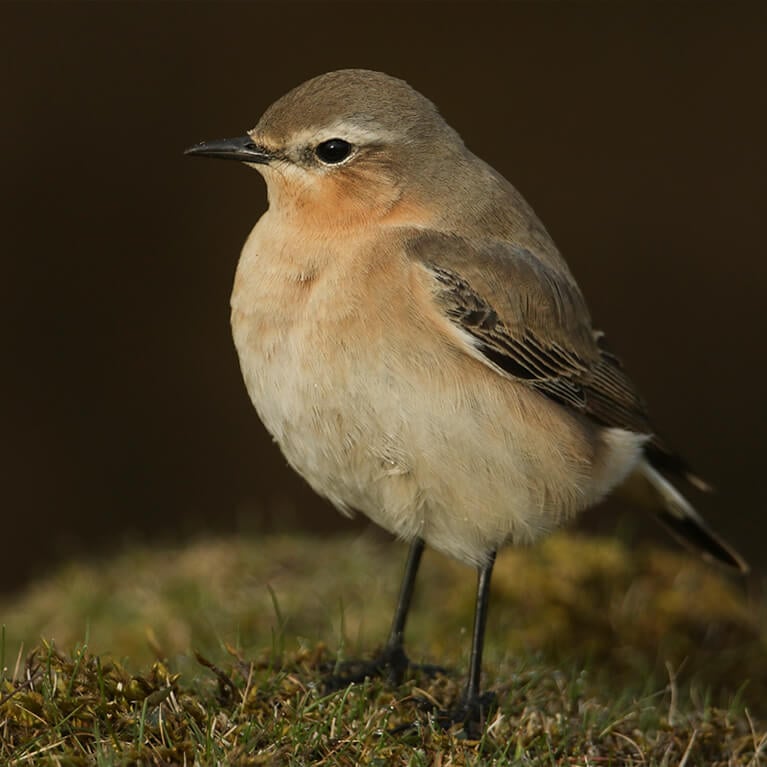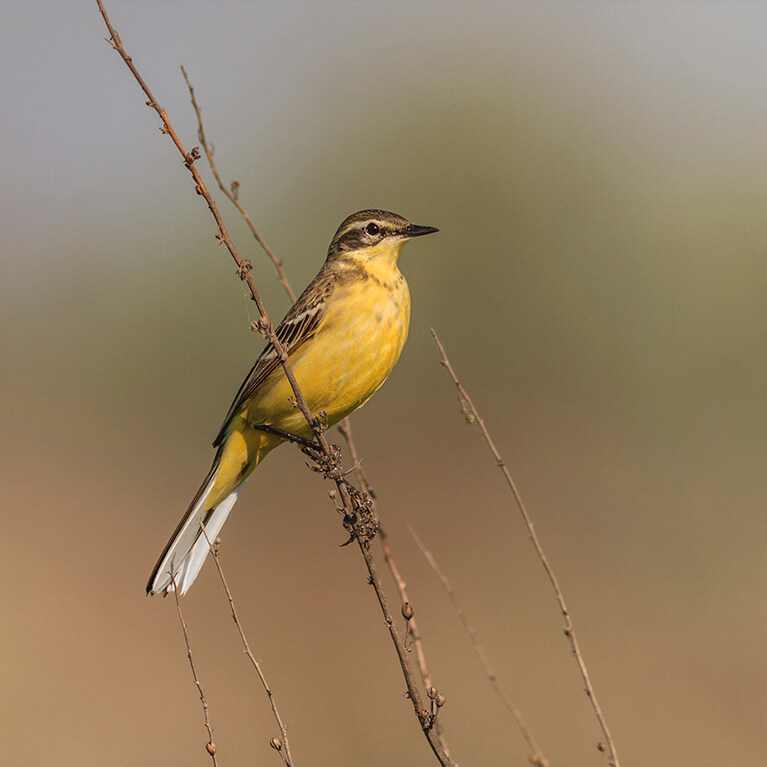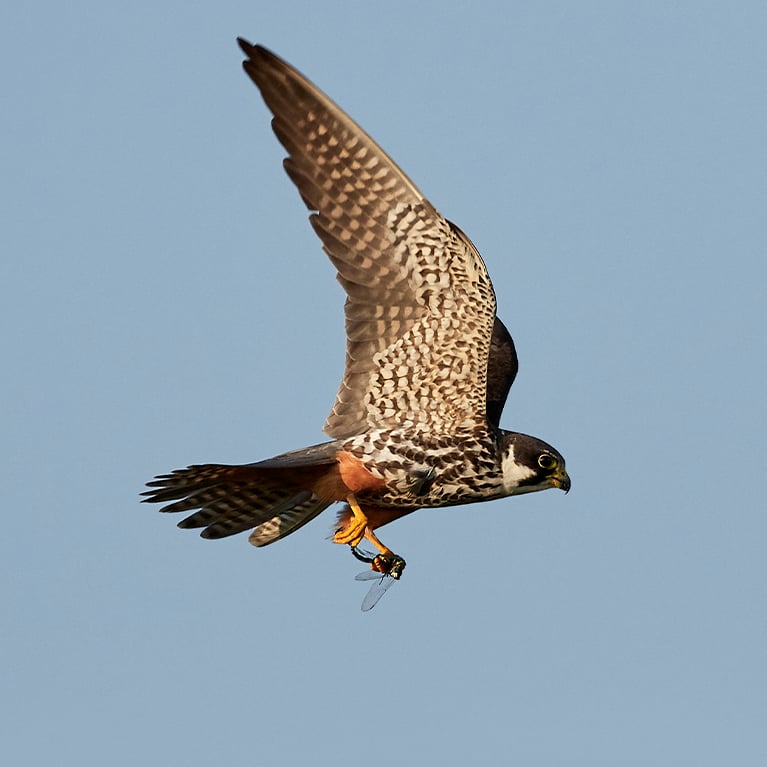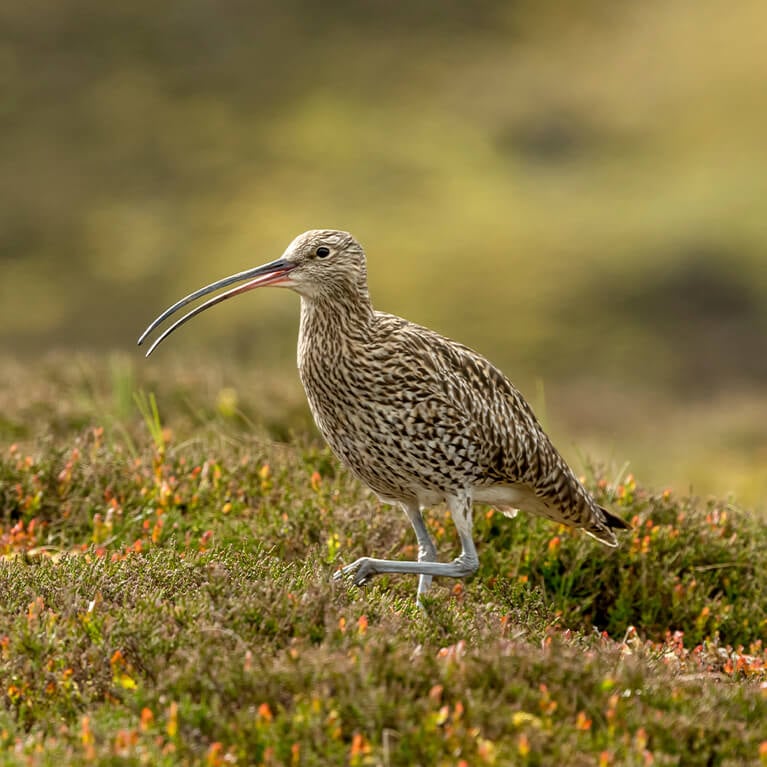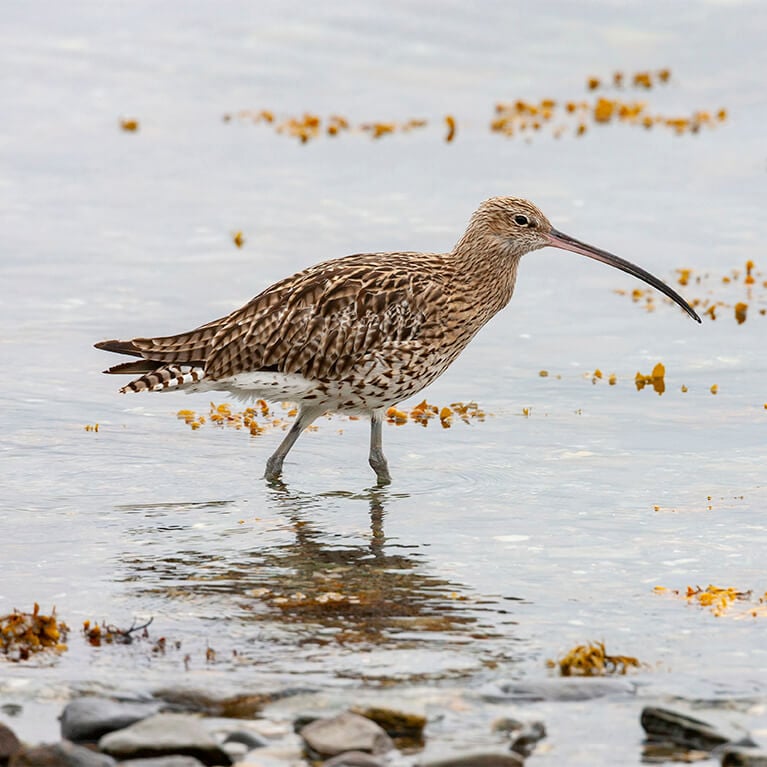Sited on the edge of the UK’s largest and most important estuary for birds, The Wash, Frampton Marsh is one of the country’s premier birding destinations.
In 1984 the RSPB purchased 330 hectares of saltmarsh to conserve the densest redshank breeding population in the UK. Following on from successfully providing public access to view and enjoy breeding Montagu’s Harriers, the opportunity came for the RSPB to add some land on the other side of the sea bank to their saltmarsh. In partnership with the Environment Agency, a 160-hectare freshwater wetland complex is now managed for breeding, wintering and migrating birds.
Alongside this, the team also manages the site for over 60,000 visitors a year with a network of trails, several hides and viewpoints scattered around the reserve. These visitor facilities have been designed to provide incredible year-round views of the reserve’s wildlife, putting you in the centre of thriving wildlife spectacle.
getting here
RSPB Frampton Marsh sits at the mouths of the rivers Witham and Welland, about 4 miles South East of Boston town centre. Coming from the south, take the 3rd exit at the A16 Kirton roundabout. Follow the road for 3 miles through Frampton village and carry straight on before turning left to Wyberton.
If coming from the north, take a left off the A16 at the Brown sign to Frampton Marsh and follow the signs for the next 2 miles. Turn left off Wyberton Roads before carrying on towards Frampton village. If you get wet feet, you’ve gone too far.
The car park is opposite the Visitor Centre where there are refreshments, loos and a welcome to direct you around the reserve and update you on the days sightings. All the reserve paths are hard surfaced and level. The sea bank is accessible via a ramp which may only be suitable for accessibility scooters. The longer Wetland Trail utilises the public footpath network and is uneven in places.
dog access
There are dog specific routes but dogs are required to be kept on the lead during the breeding season (March to August) and recommended to be on a lead during the grazing season (May – October).
Bicycles and dogs are not permitted on the inner reserve trails.
opening times
The reserve and hides are open all year round.
There will be an out of hours loo available from September.
entry & prices
This includes car parking and use of all the facilities, trails and hides.
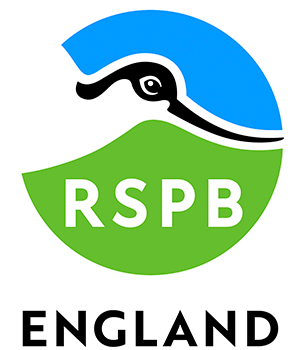
Frampton Marsh
The Royal Society for the Protection of Birds
The RSPB is the UK's largest nature conservation charity, inspiring everyone to give nature a home and secure a healthy environment for wildlife.
find out more about frampton Marsh
what species and habitats can you find?
Frampton Marsh is a new breed of reserve, designed with ‘dynamic’ management in mind. This means that no visits at the same time in consecutive years will be the same. The team use short, medium and long term management techniques to vary water levels, food availability and vegetation management to provide a suite and gradient of perfect nesting and feeding conditions across the reserve.
Located on the East Atlantic flyway, Frampton Marsh is a wader honey pot. In peak Spring and Autumn migration, it is possible to see 25 different wader species in few hours. This is also the time of year when you can find over 100 bird species in a day. Tides can also have a big effect on both species and numbers. The highest tides of the year can push thousands of birds over the sea bank and onto the pools and grassland to roost. The best tides for this are often between 6 and 9 in both the morning and evening. Sandwiched between the excitement of migration is the joy of the breeding season and the exhilaration of winter. Frampton has one of the densest populations of little ringed plovers in the UK which sit alongside an ever increasing number of common terns, black-headed gulls, avocet, lapwing, oystercatcher and redshank. It is one of a handful of places in England to host lekking ruff and hosted the first ever nest building by glossy ibis. The reed lined ditches are alive with reed warbler and sedge warblers battling it out for control of the air waves as skylark song rains down from above. The hedges hold resident red listed species like corn bunting and yellowhammer, who are joined in late Spring by African arrivals in the form of cuckoo and turtle dove.
In recent years the winter assemblage has gone from strength to strength, peaking at a cumulative total of over 45,000 wetland birds, ie not including the occasional 20,000+ Starling roost. These include counts of over 8,000 wigeon, 12,000 lapwing, 15,000 golden plover, 3,000 teal and 5,000 brent geese. And where you have birds of this variety and number, birds of prey aren’t far behind. The Big 5 is an achievable daily target, short-eared owl, marsh harrier, hen harrier, peregrine and merlin but going for 10 raptor species in day is certainly in range.
With so much available all year round, there is no ‘best time’ to visit Frampton Marsh, just make sure you do.
Winter species
Whooper swan, brent goose, wigeon, pintail, goldeneye, rock pipit, golden plover, hen harrier, merlin, short-eared owl, stonechat, peregrine.
Spring species
Ruff, yellow wagtail, garganey, spotted redshank, Temminck’s stint, black-tailed godwit, dunlin, ringed plover, grasshopper warbler, black-necked grebe, little gull.
Summer species
Avocet, spoonbill, little ringed plover, lapwing, knot, bar-tailed godwit, reed warbler, sedge warbler, redshank, swift, common tern, reed bunting, corn bunting, yellowhammer.
Autumn species
Snipe, greenshank, pectoral sandpiper, little stint, curlew sandpiper, whinchat, wood sandpiper, green sandpiper, wheatear, yellow wagtail, hobby.
plan your visit to Frampton Marsh
useful hints and tips
Follow the reserve on Twitter for daily sightings posts.
On arrival at the visitor centre, check the sightings board and ask the team for updates.
In the morning, walk from the visitor centre to the sea bank and around to the hides in an anti-clockwise direction. In the afternoon, walk the grassland trail in a clockwise direction. This will put the sun behind you as you walk the trails.
Check the tide times. If you can plan your visit in advance, do try and enjoy a big morning or evening tide in the Spring or Autumn.
Check the website for guided walk times. Guides will take you to the best spots and help you with any bird identification queries.
Don’t forget to charge your cameras batteries and bring a spare memory card just in case.
facilities
80 space car park with 5 accessible spaces. Visitor Centre with 3 WC including 1 accessible. Light refreshments in the centre. 3 hides with various elevated view points and benches around the reserve.
future developments
In November 2022
80 space car park with 6 accessible spaces. Visitor Centre and 60 seater cafe with panoramic views. Café serving light refreshments and hot food. 5 WC including 1 accessible and 1 out of hours.
explore the other locations along the coastal birding trail
places to stay nearby
Make a trip of it! Enjoy a coastal getaway with a selection of places to stay close by.
